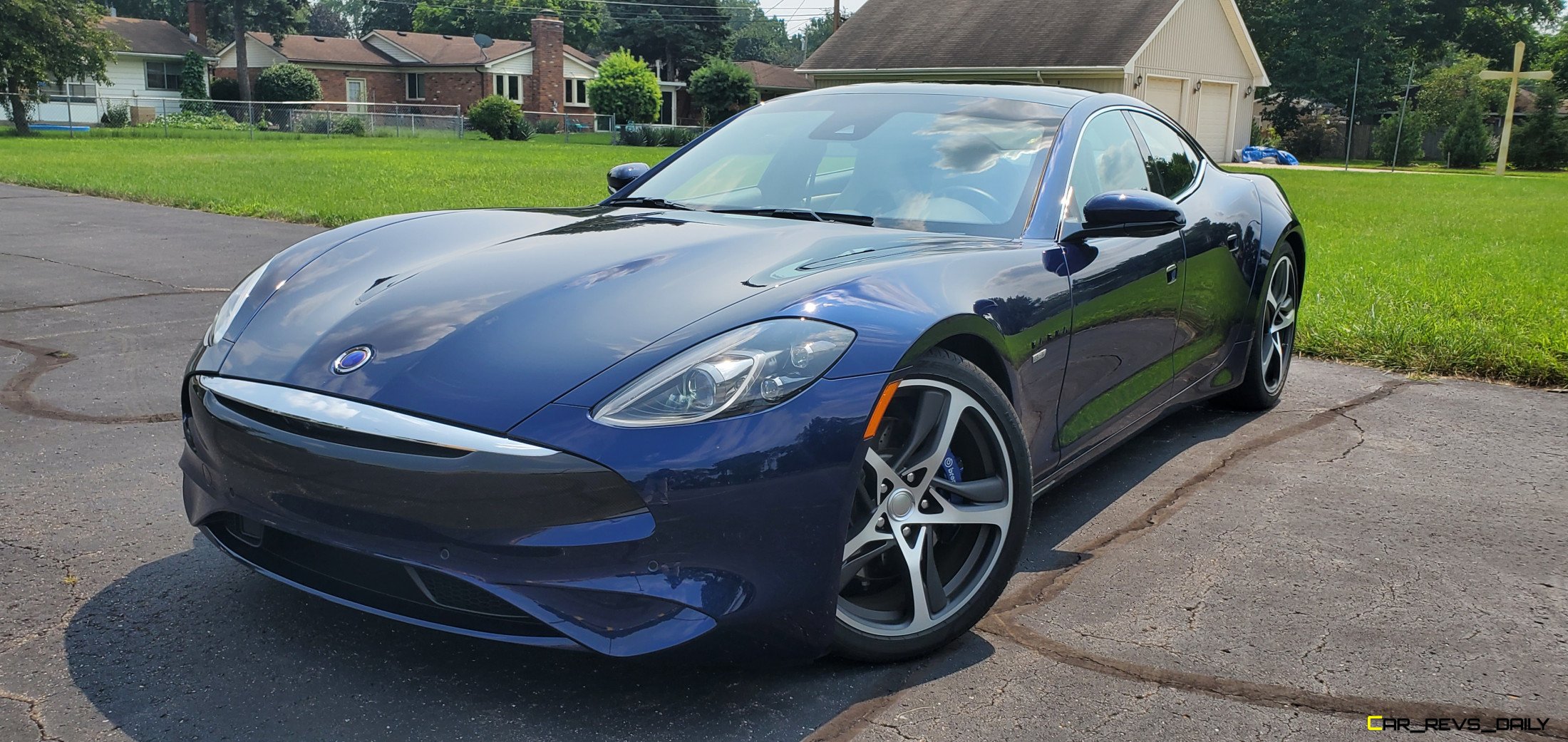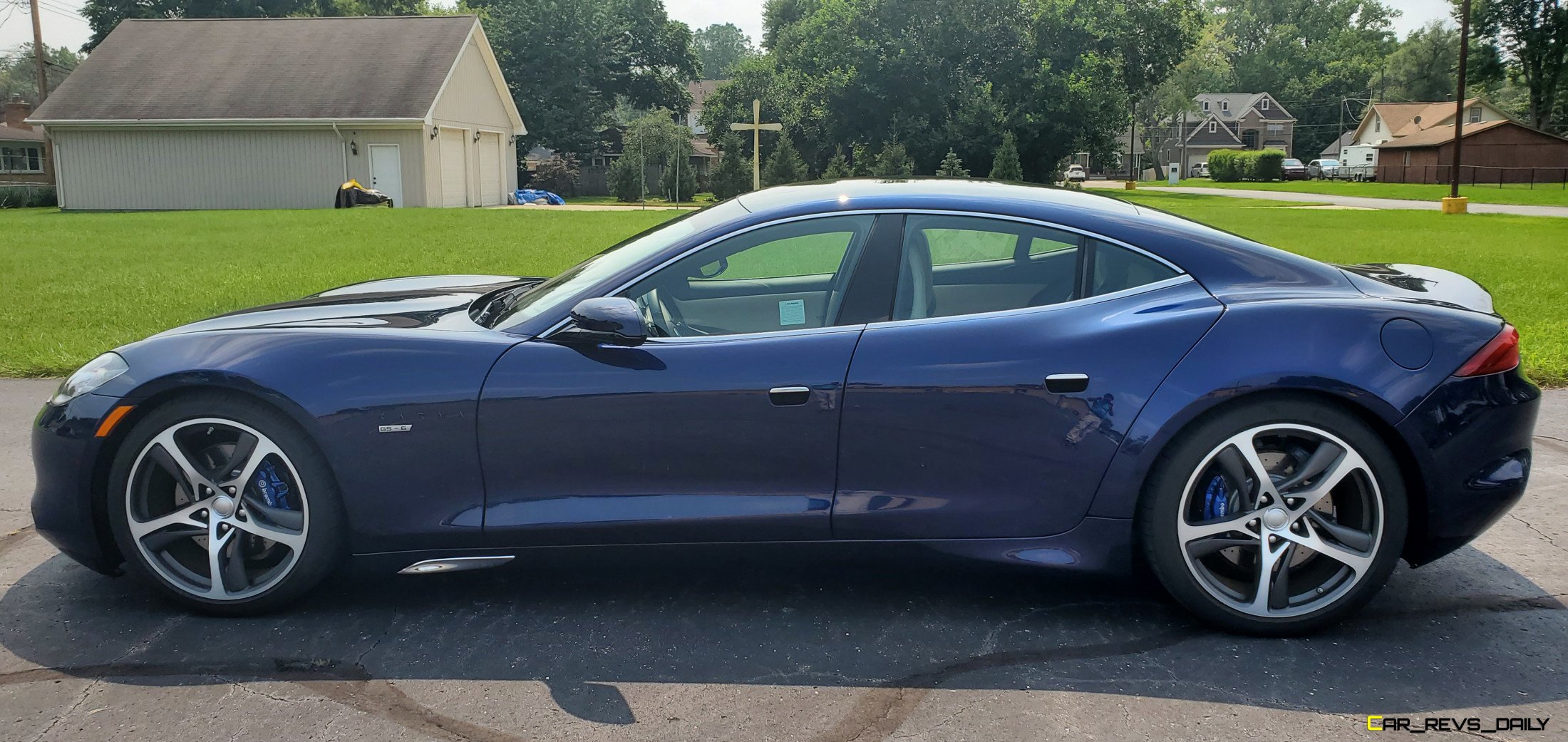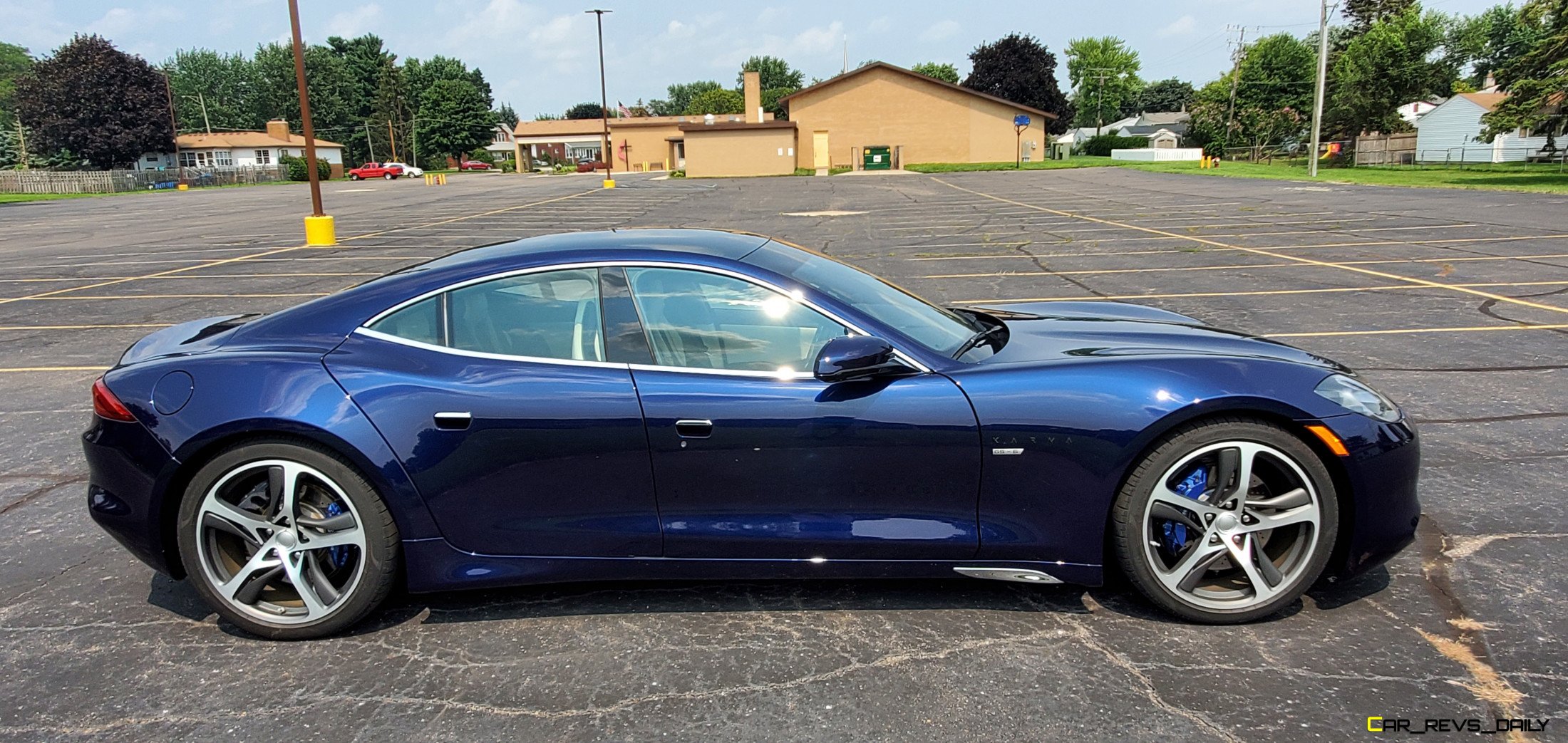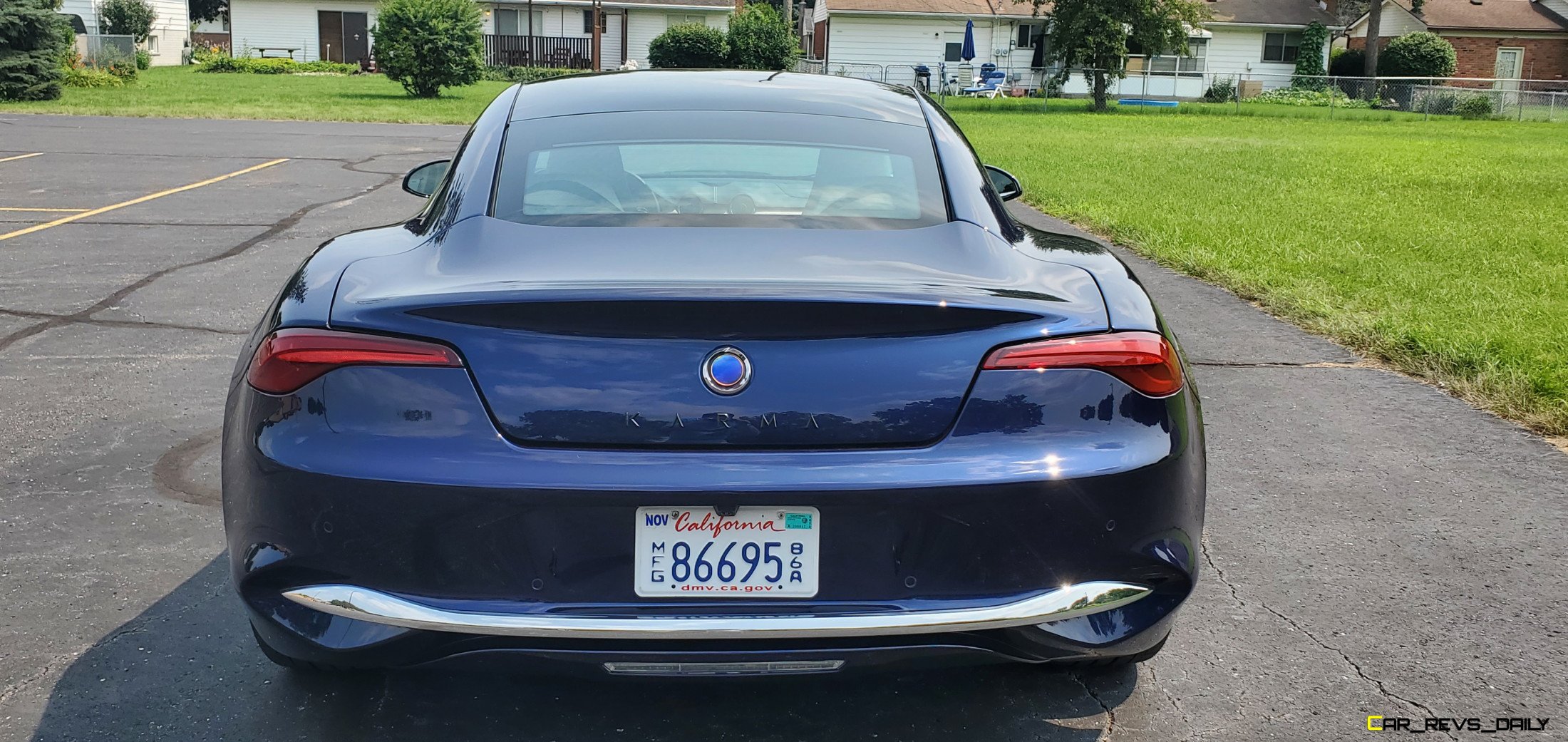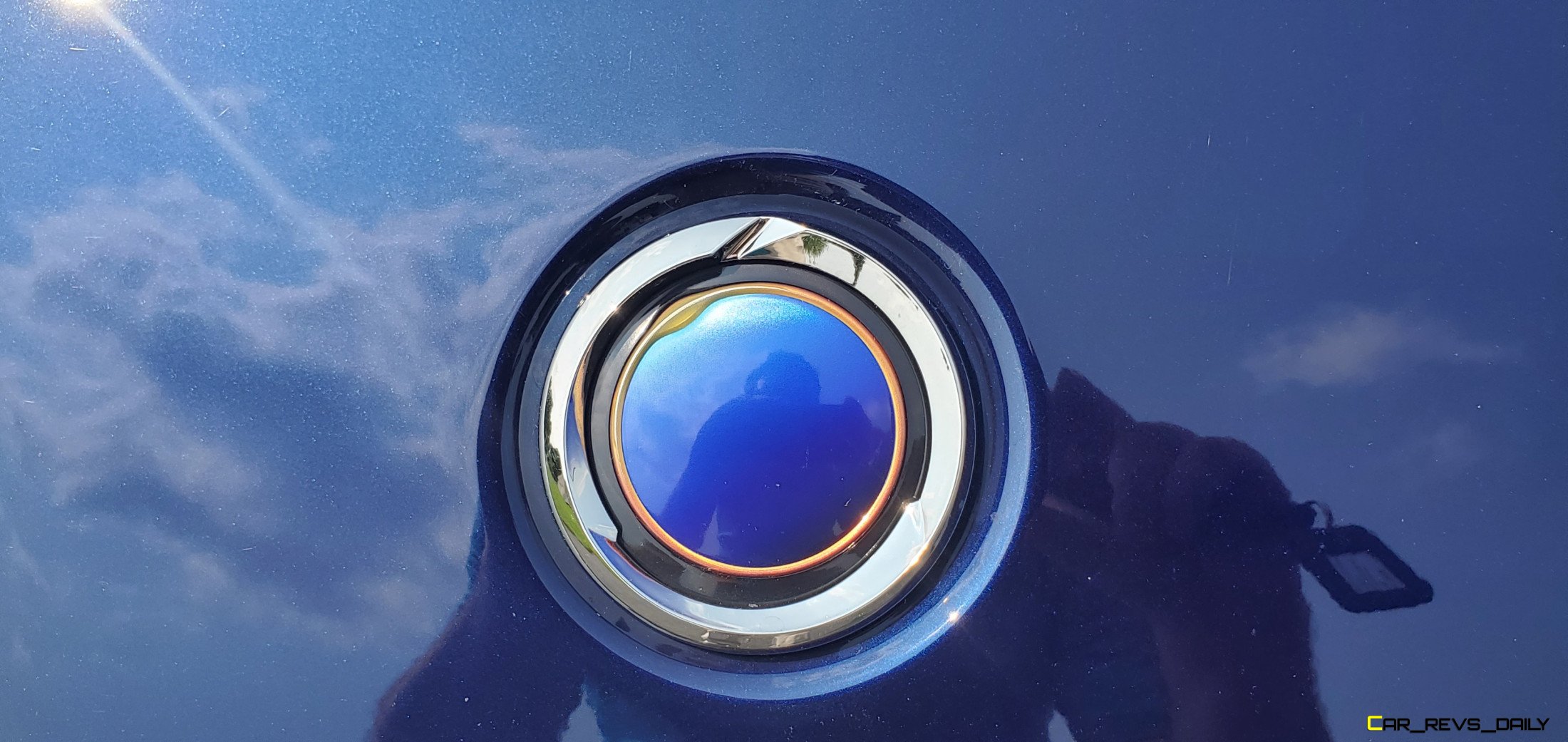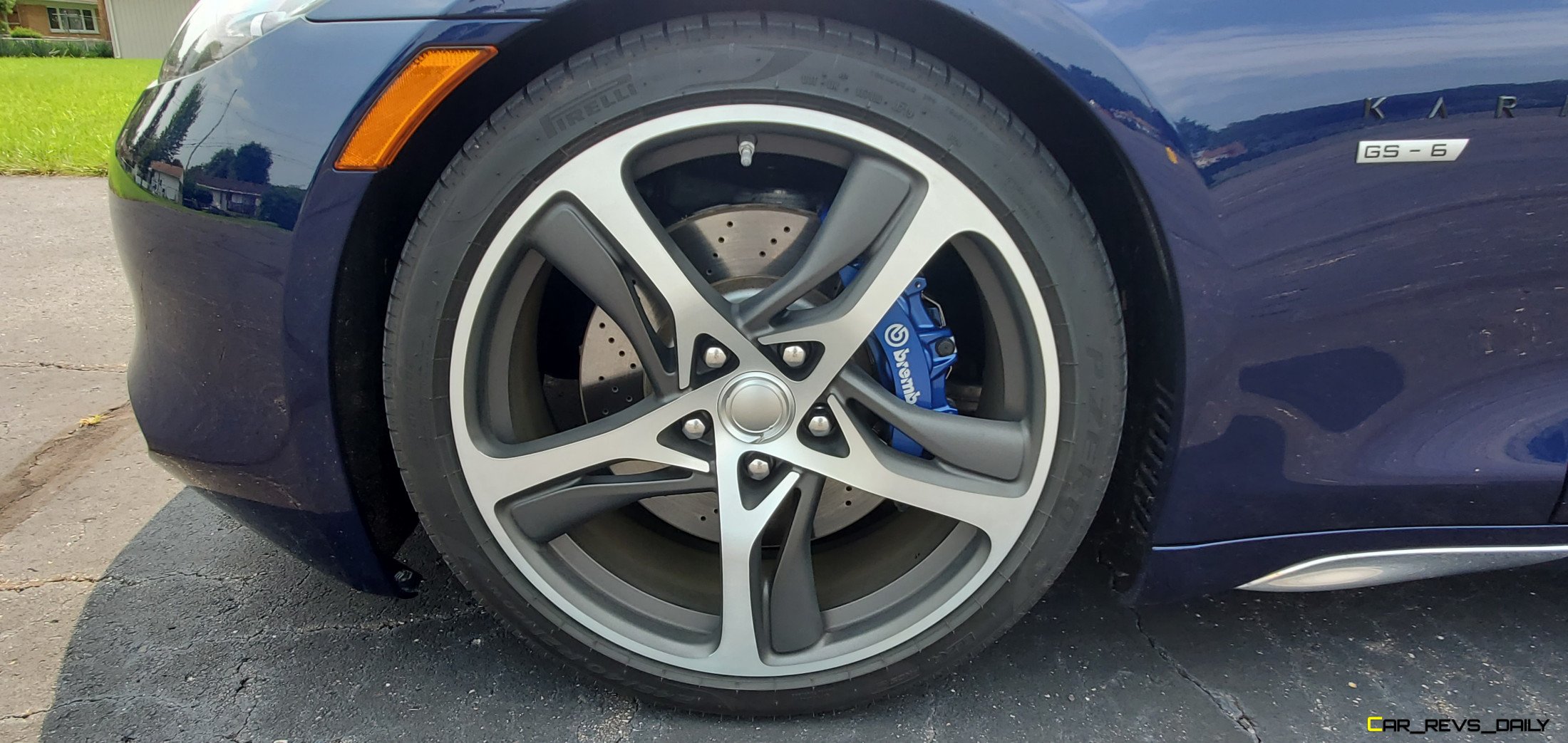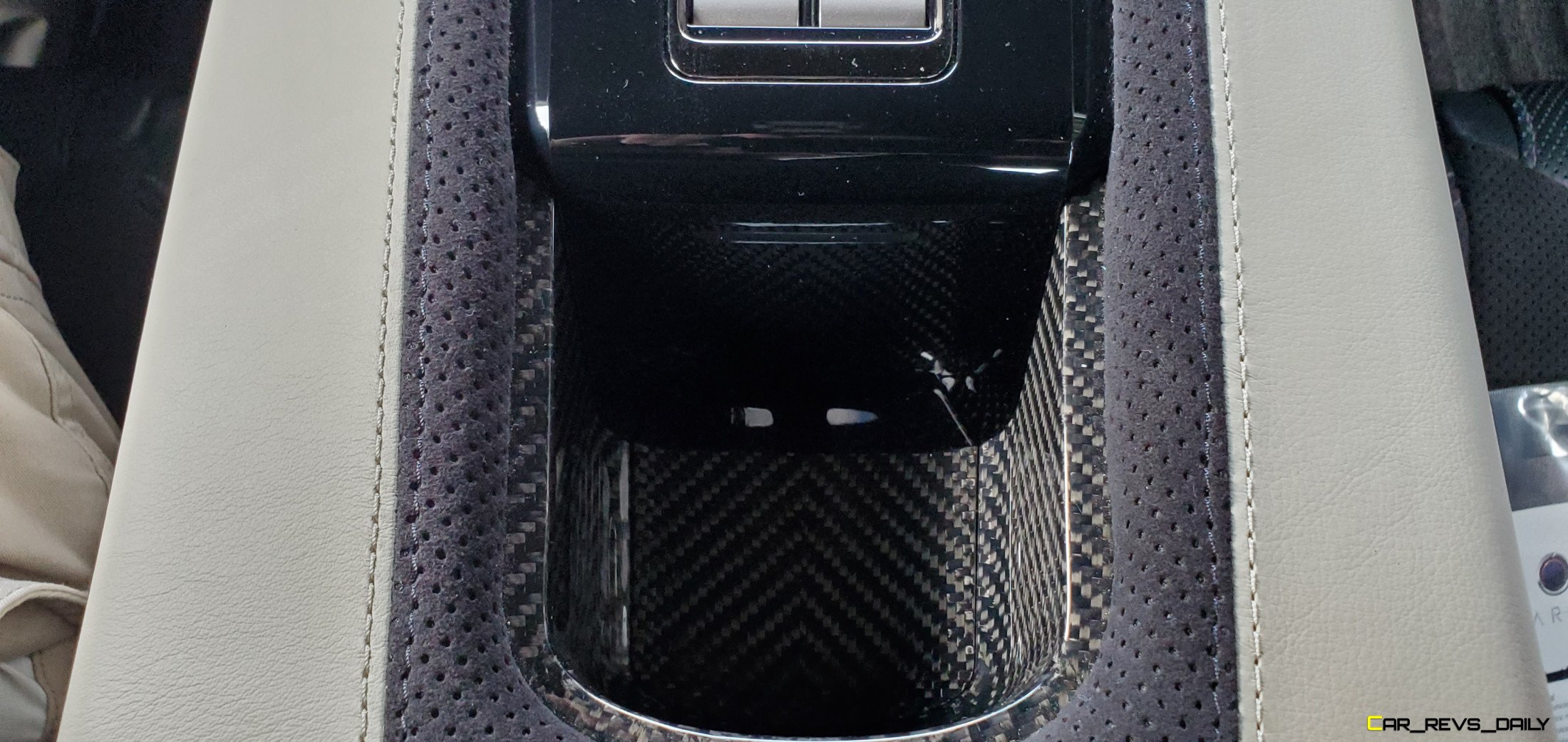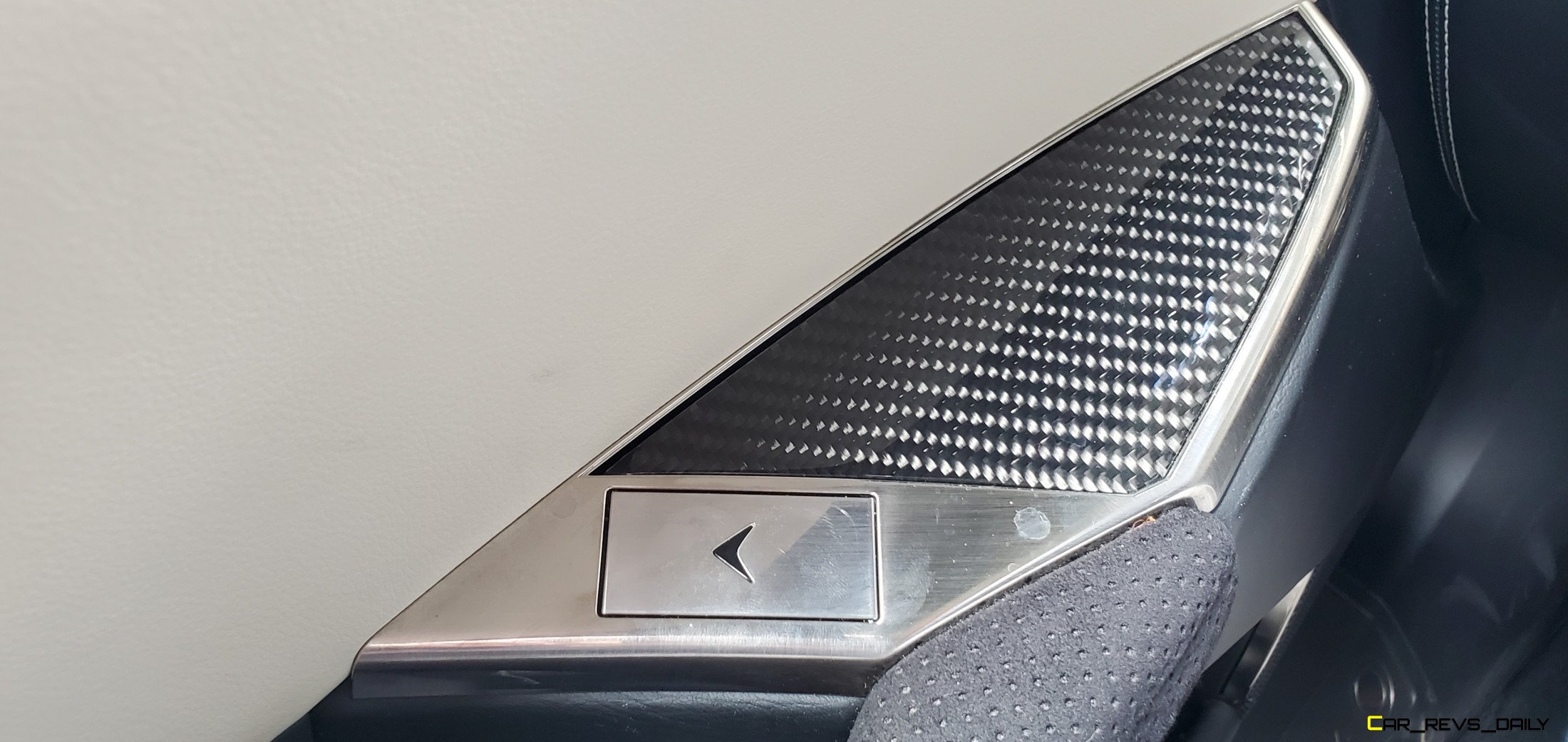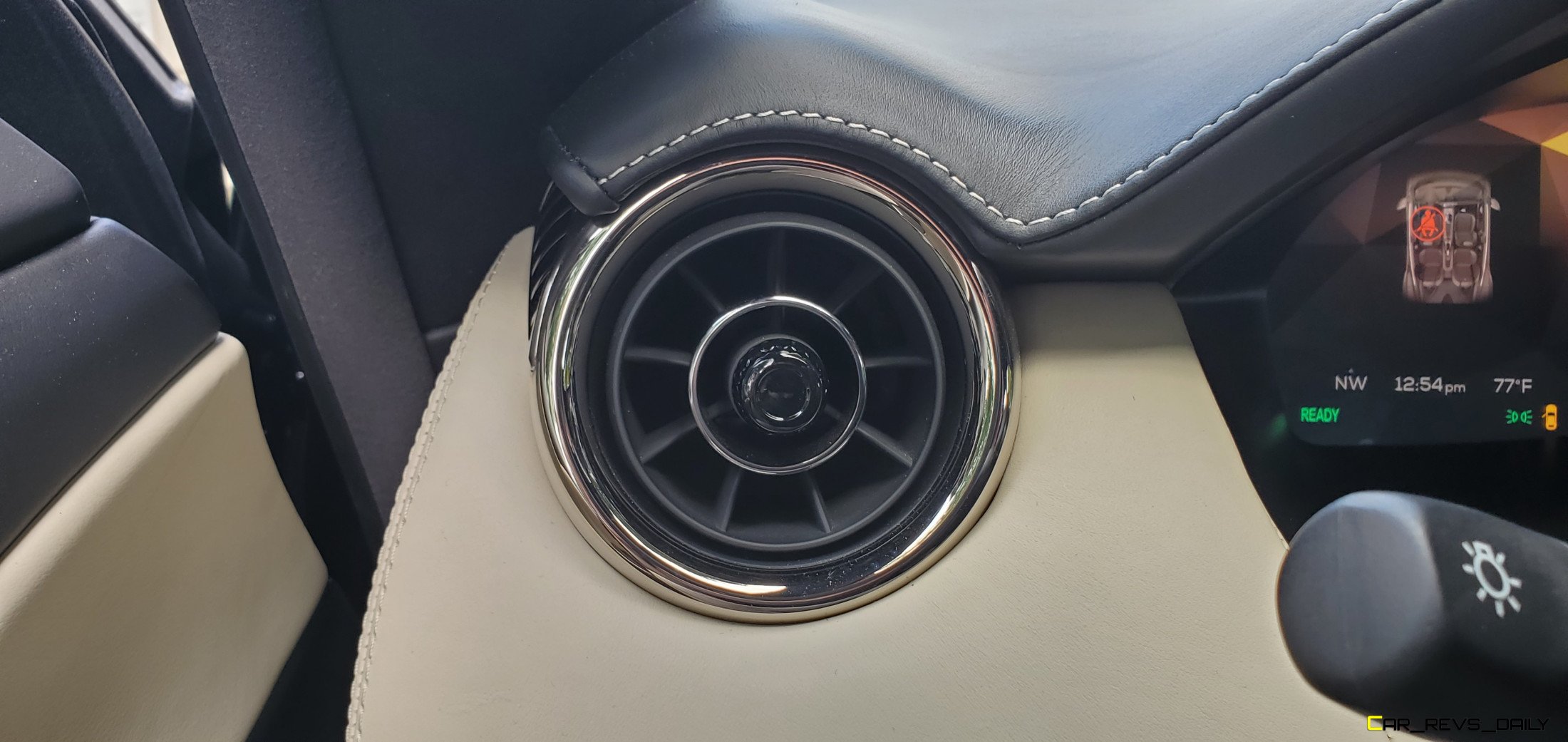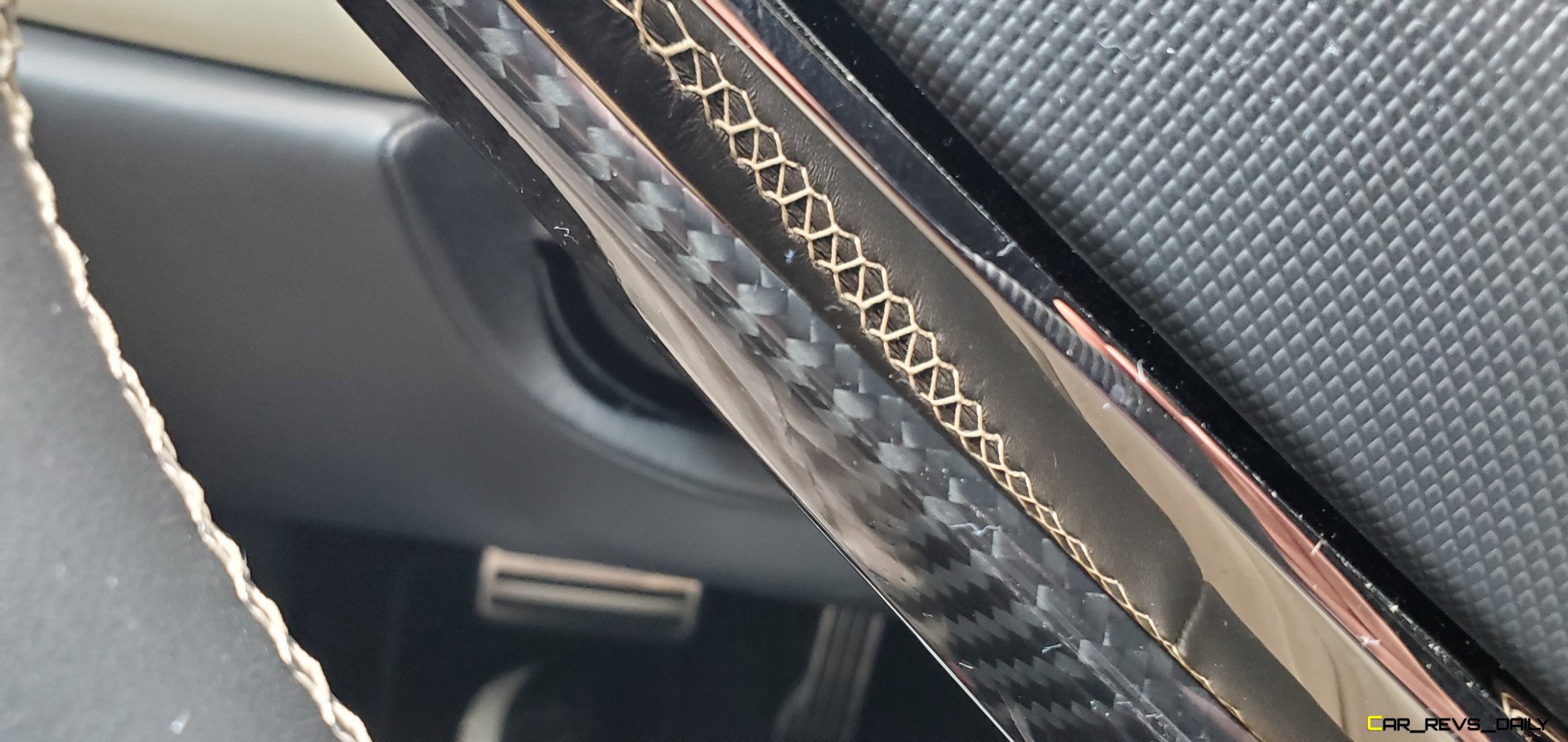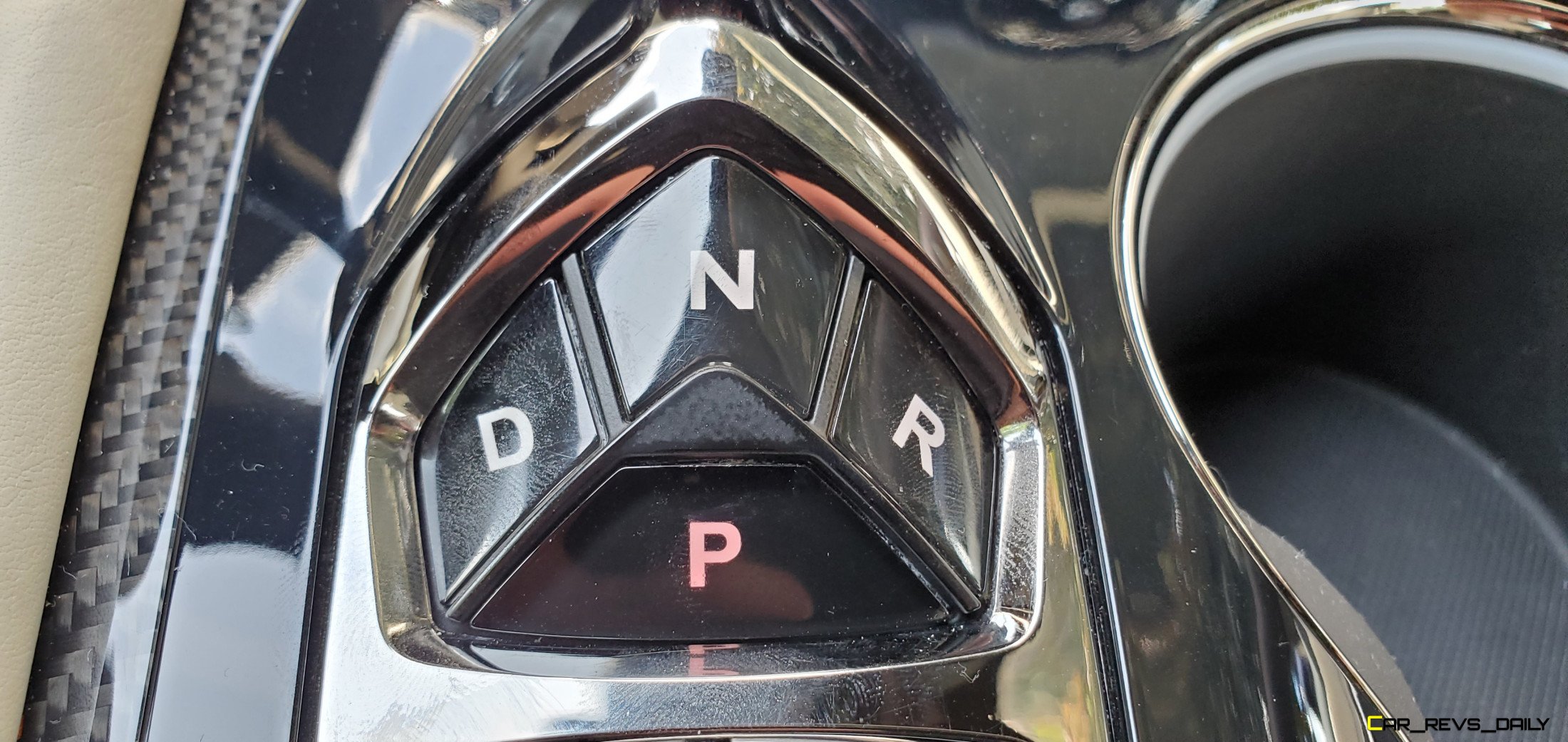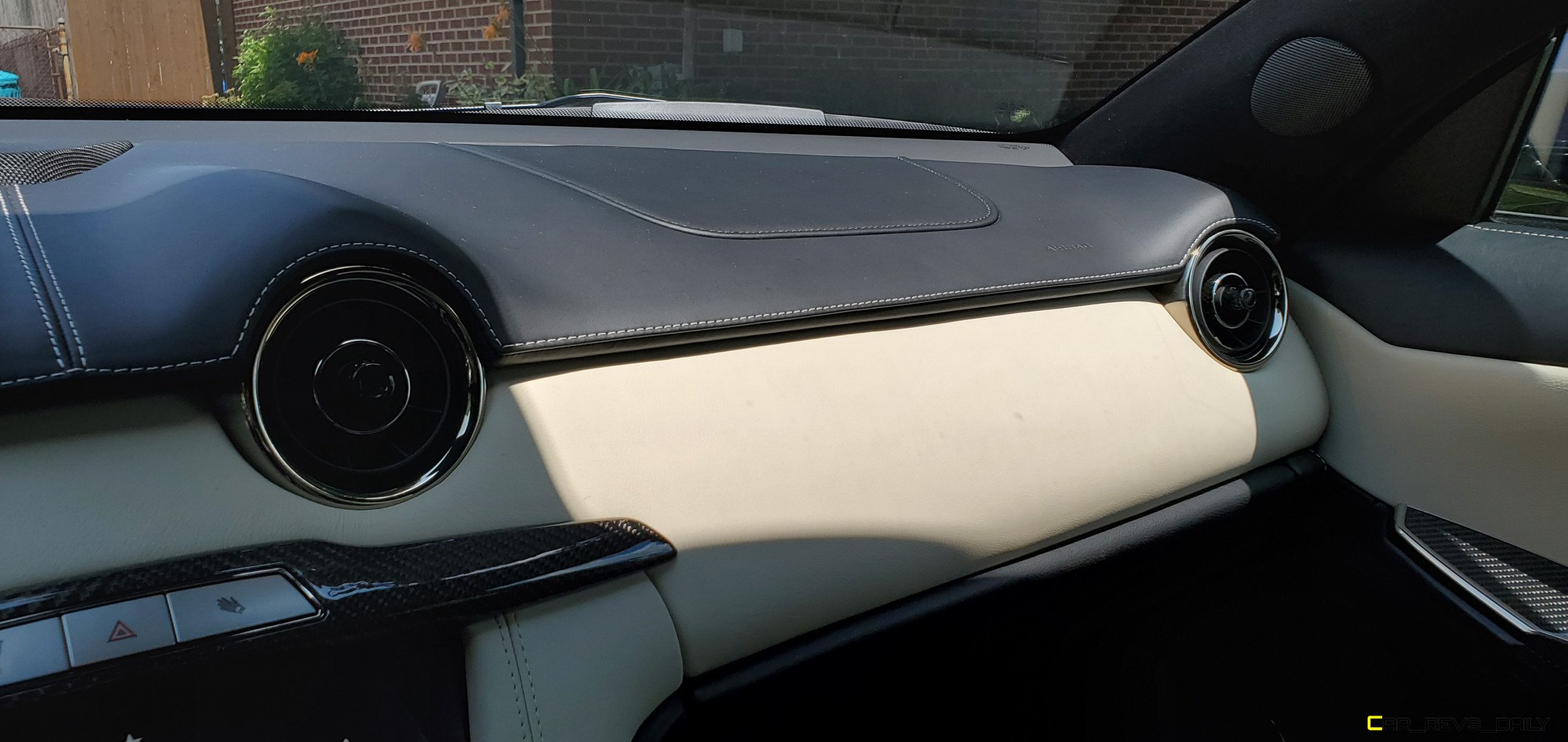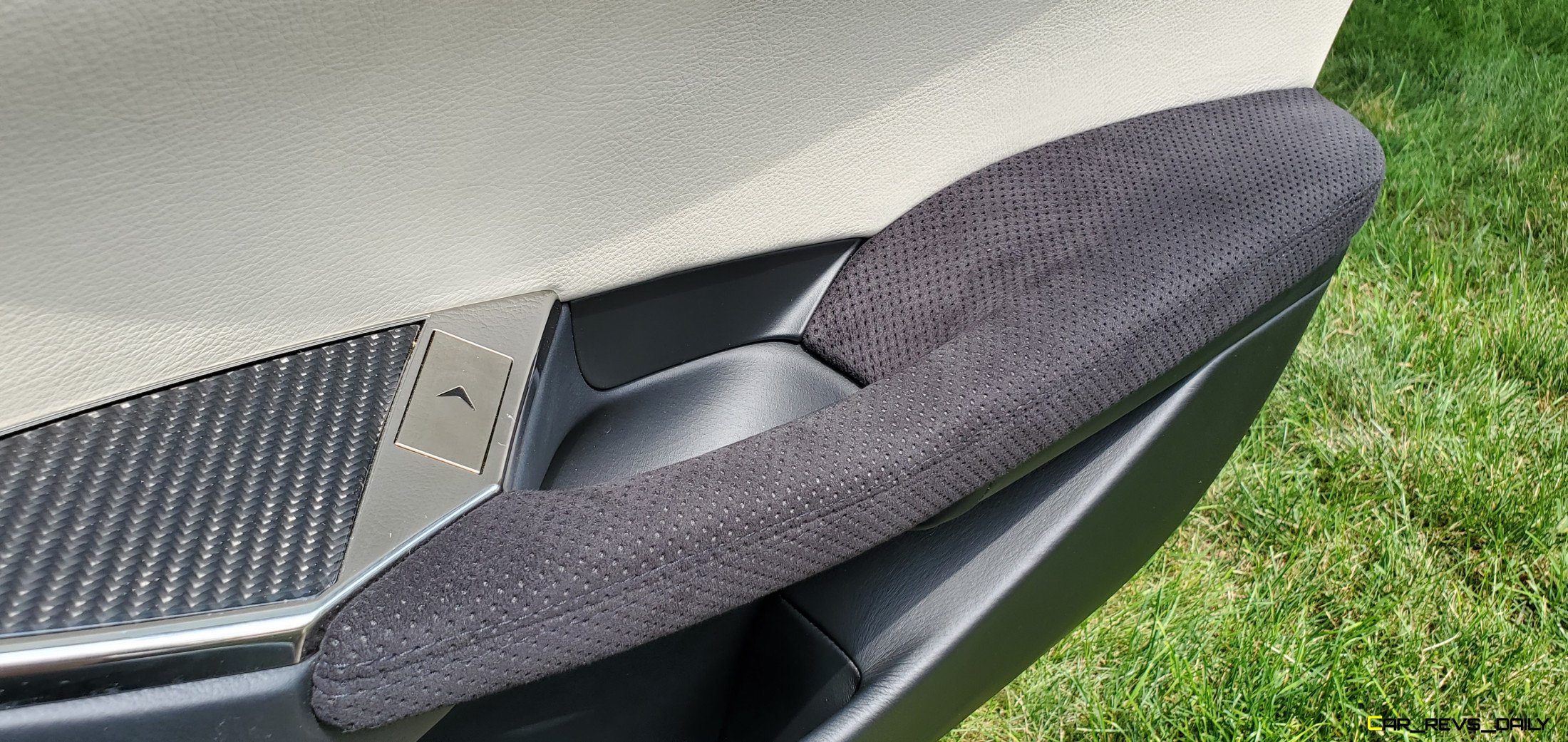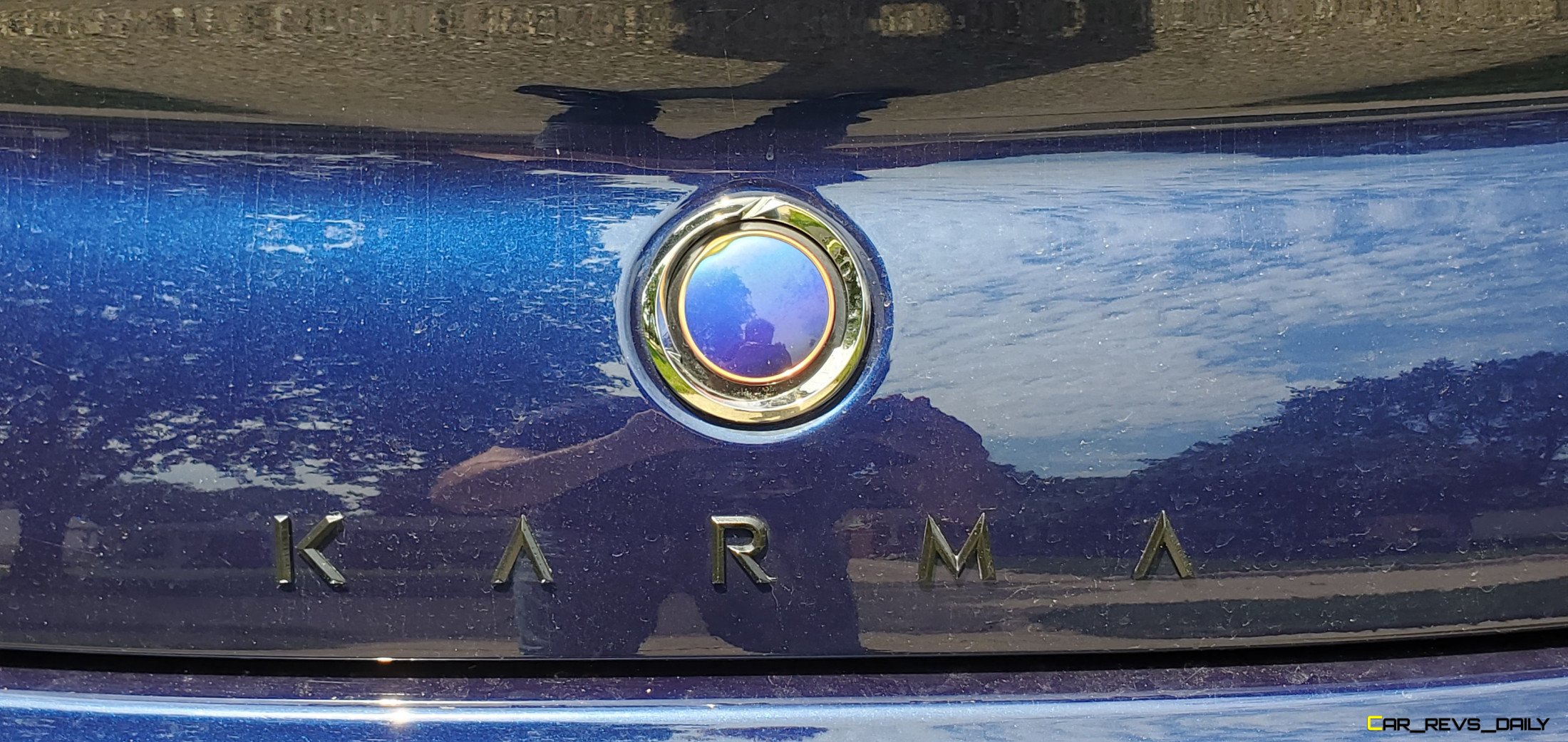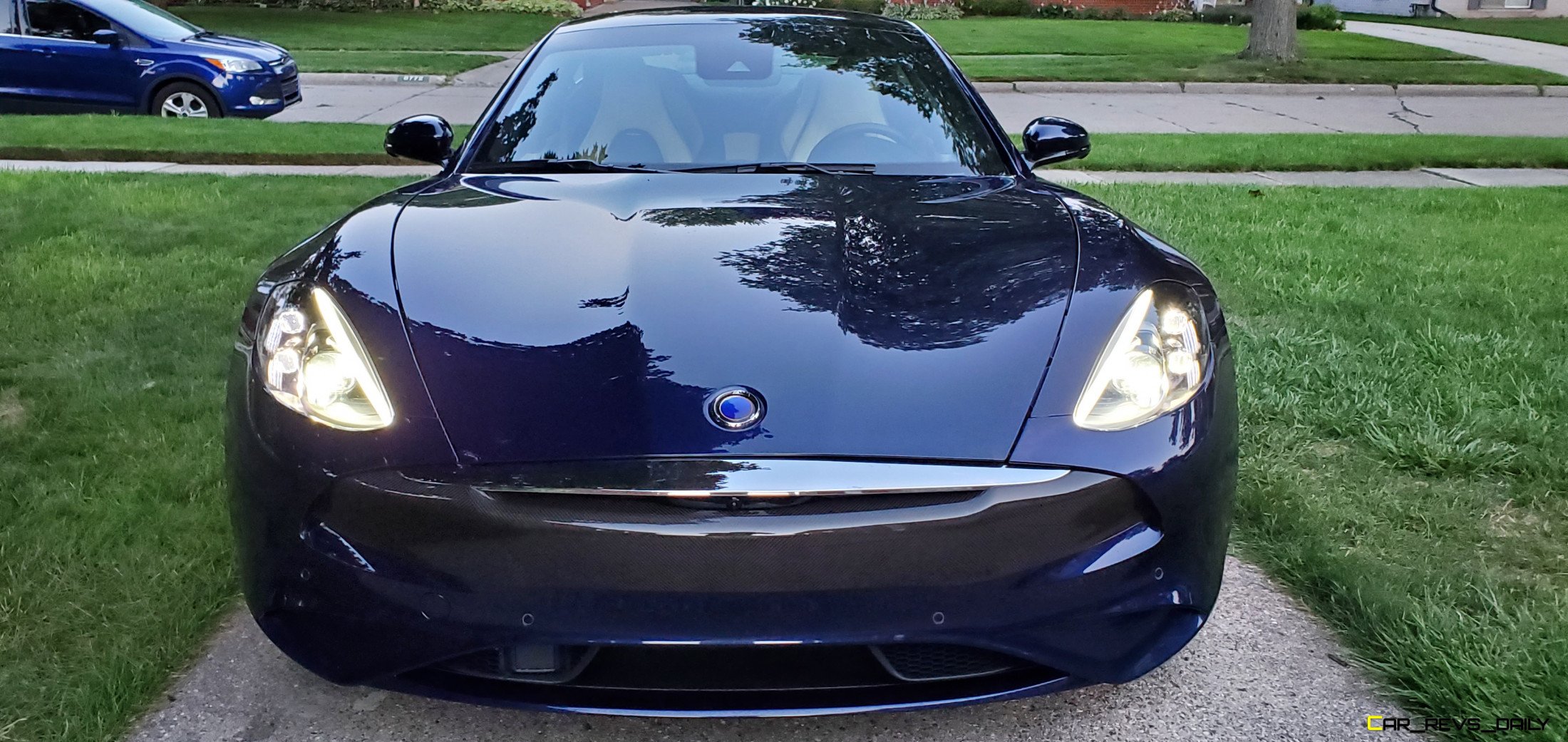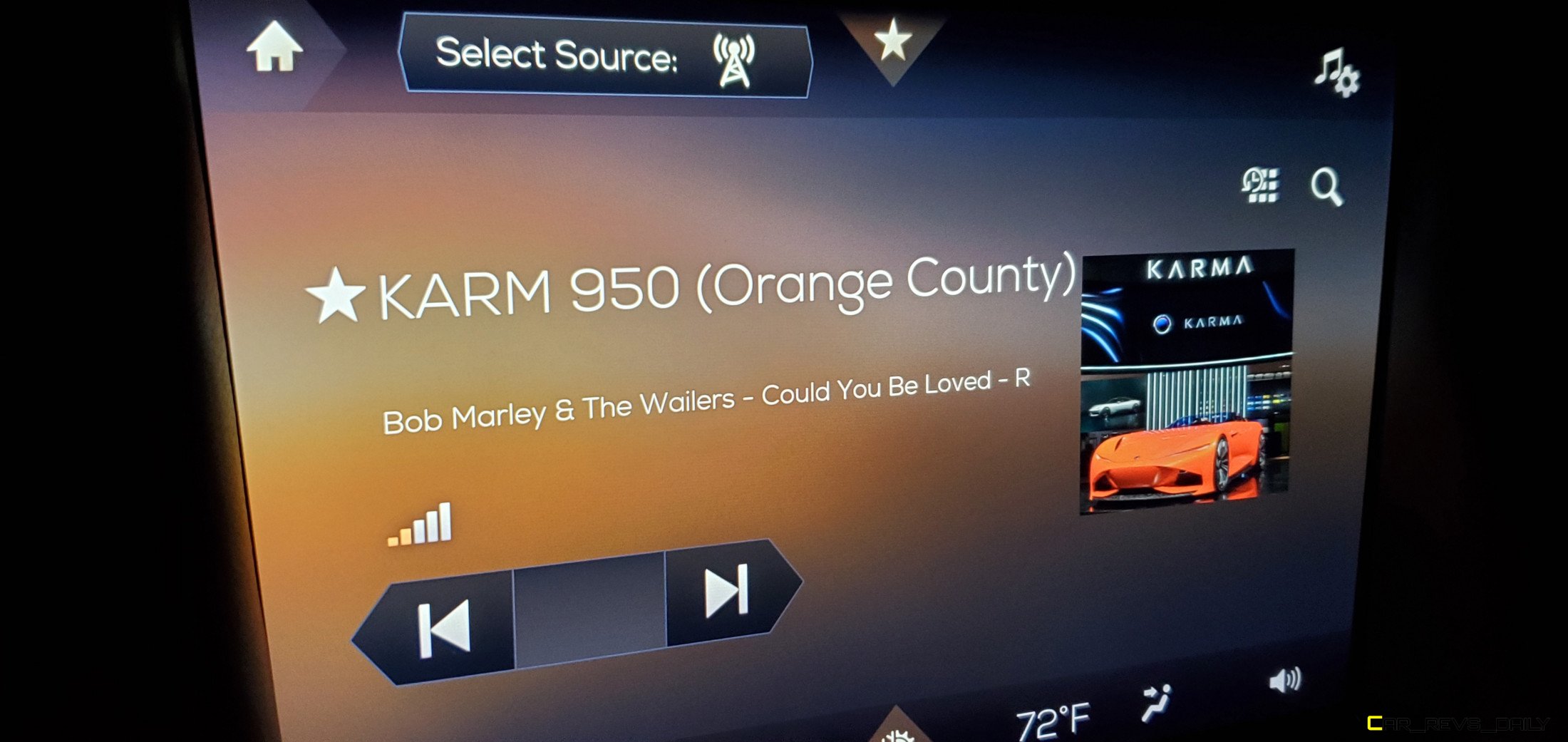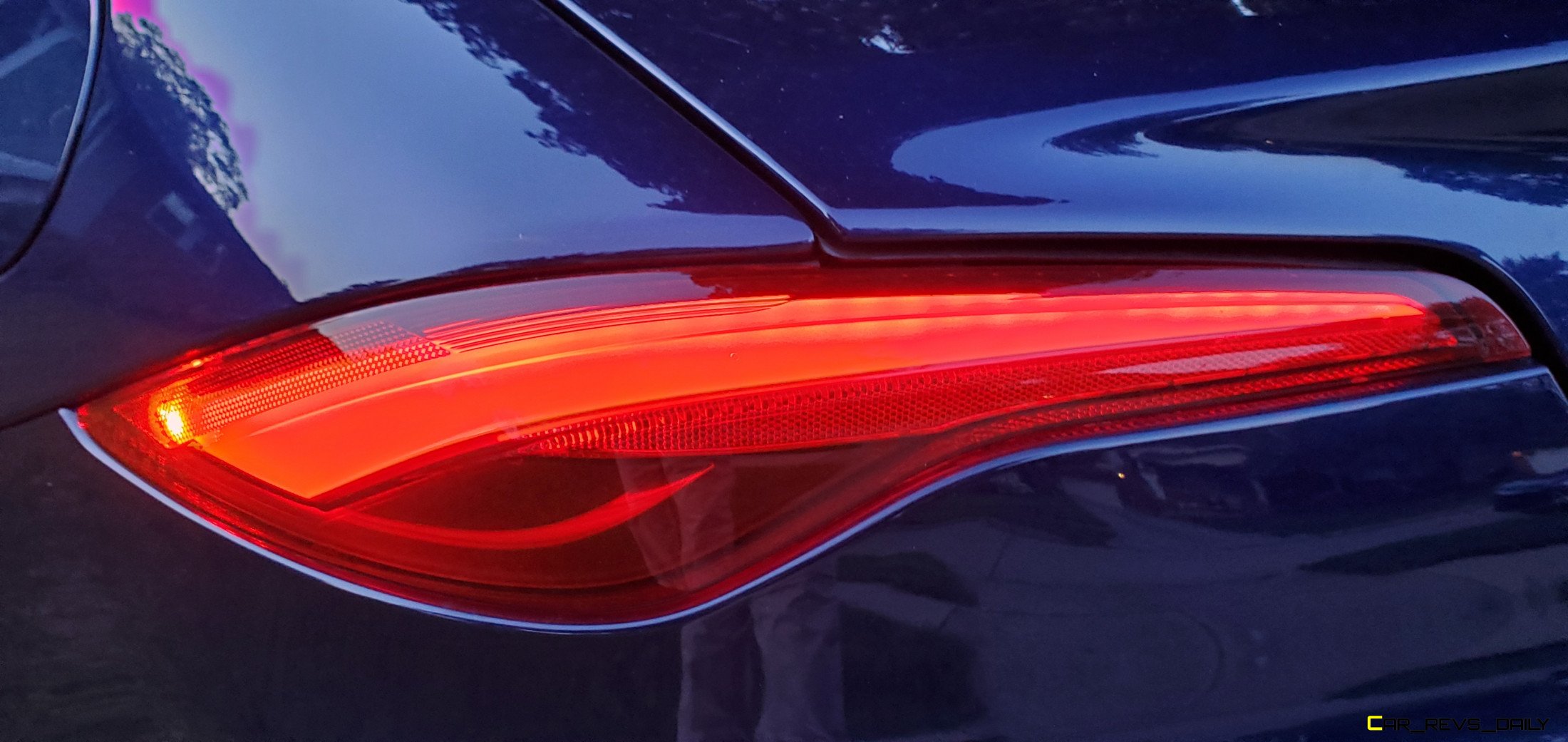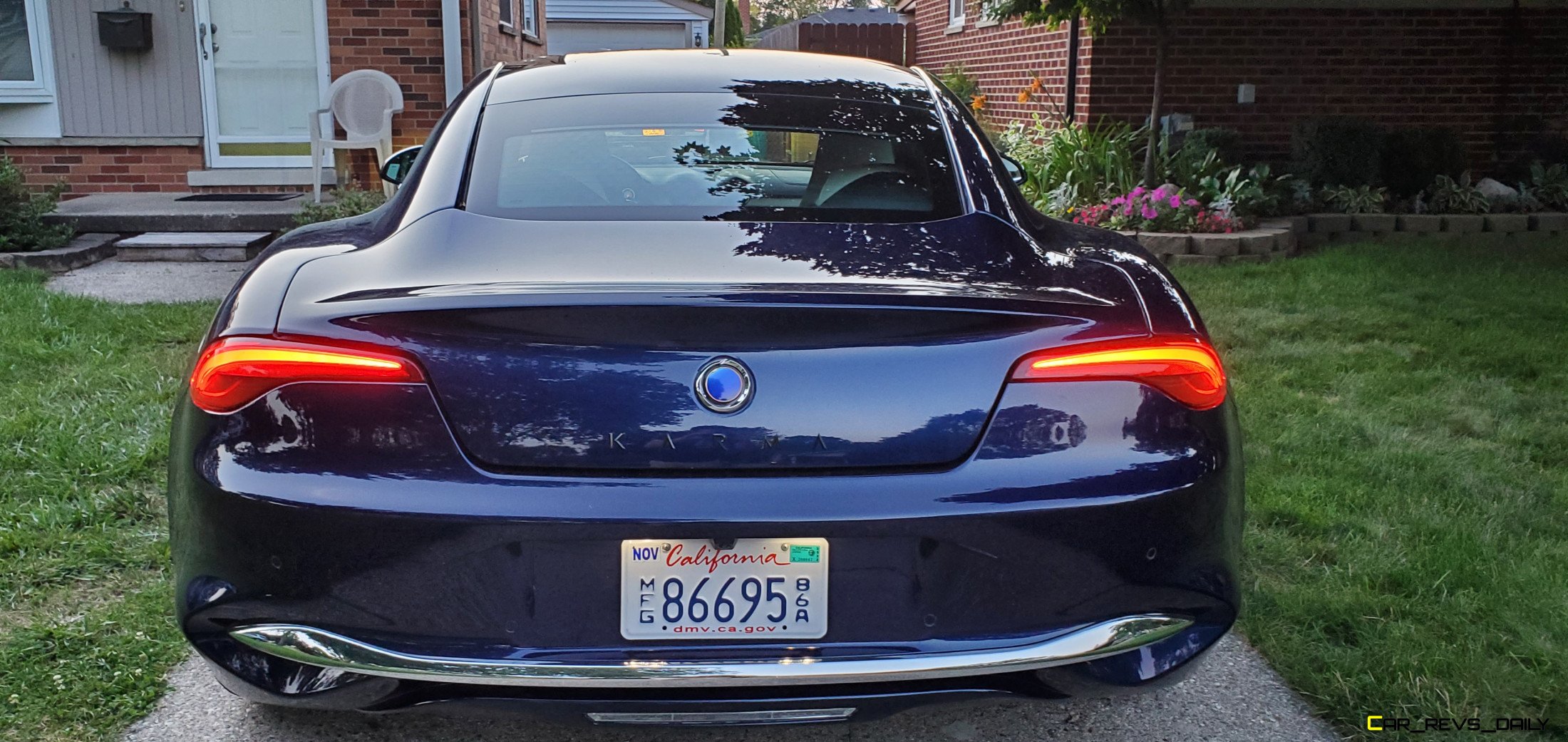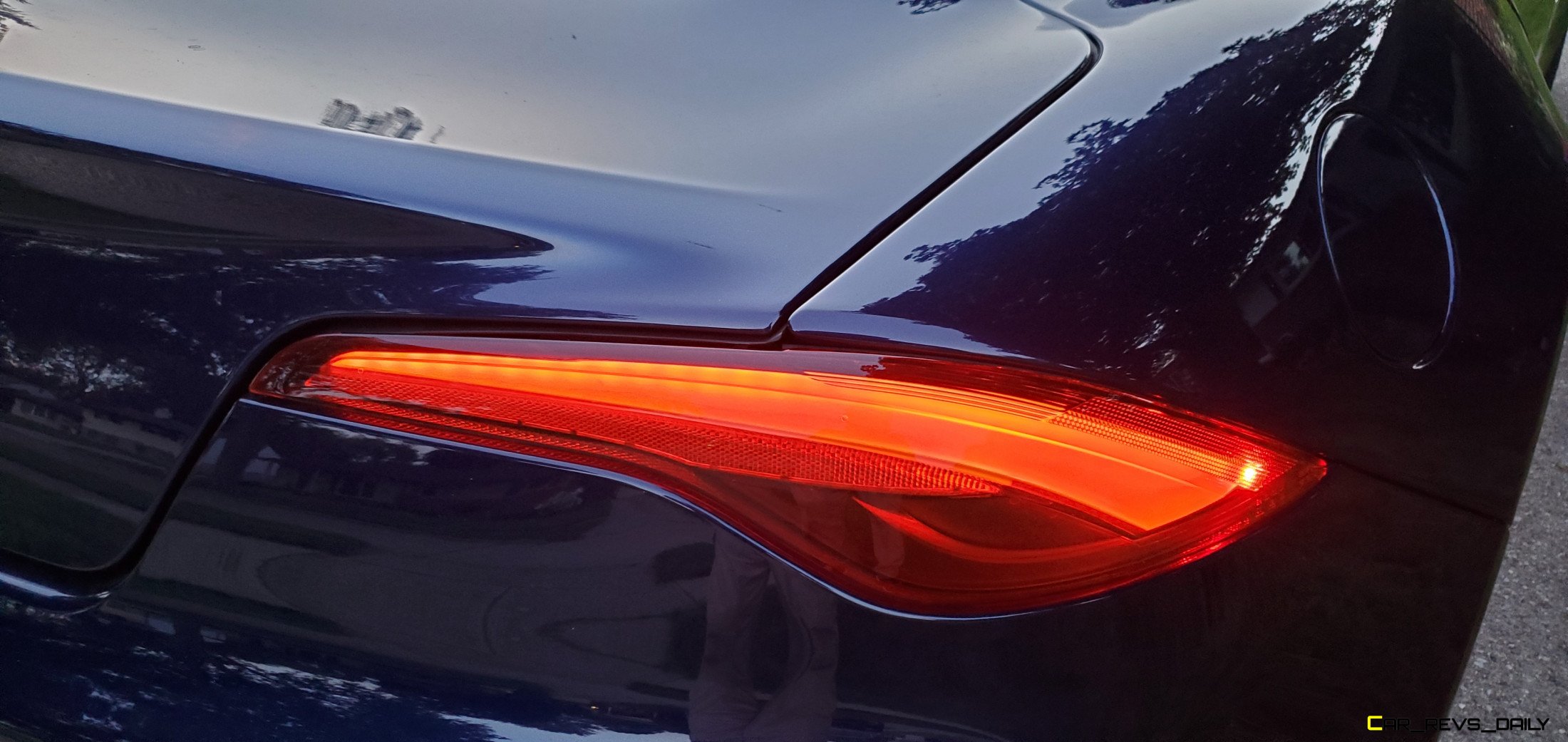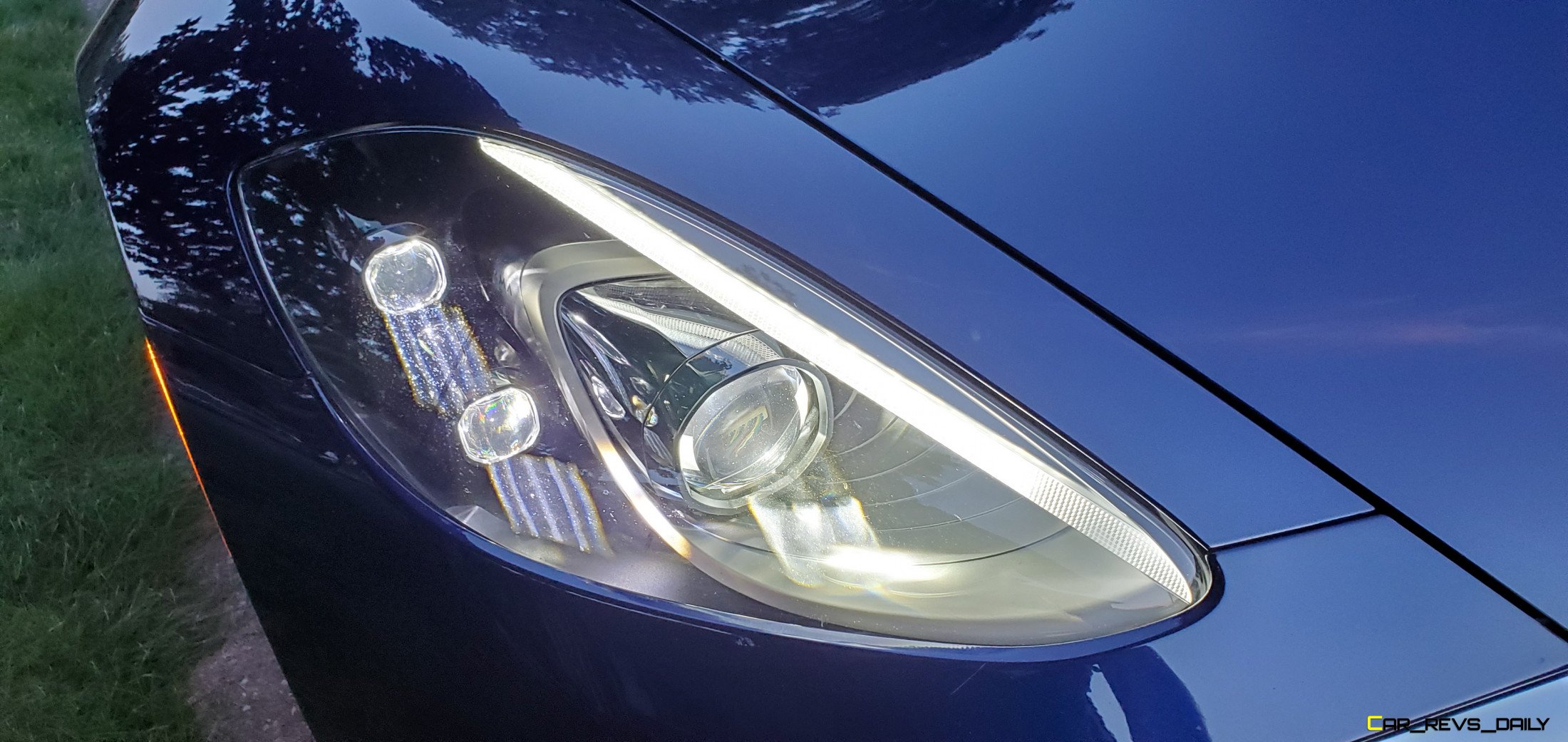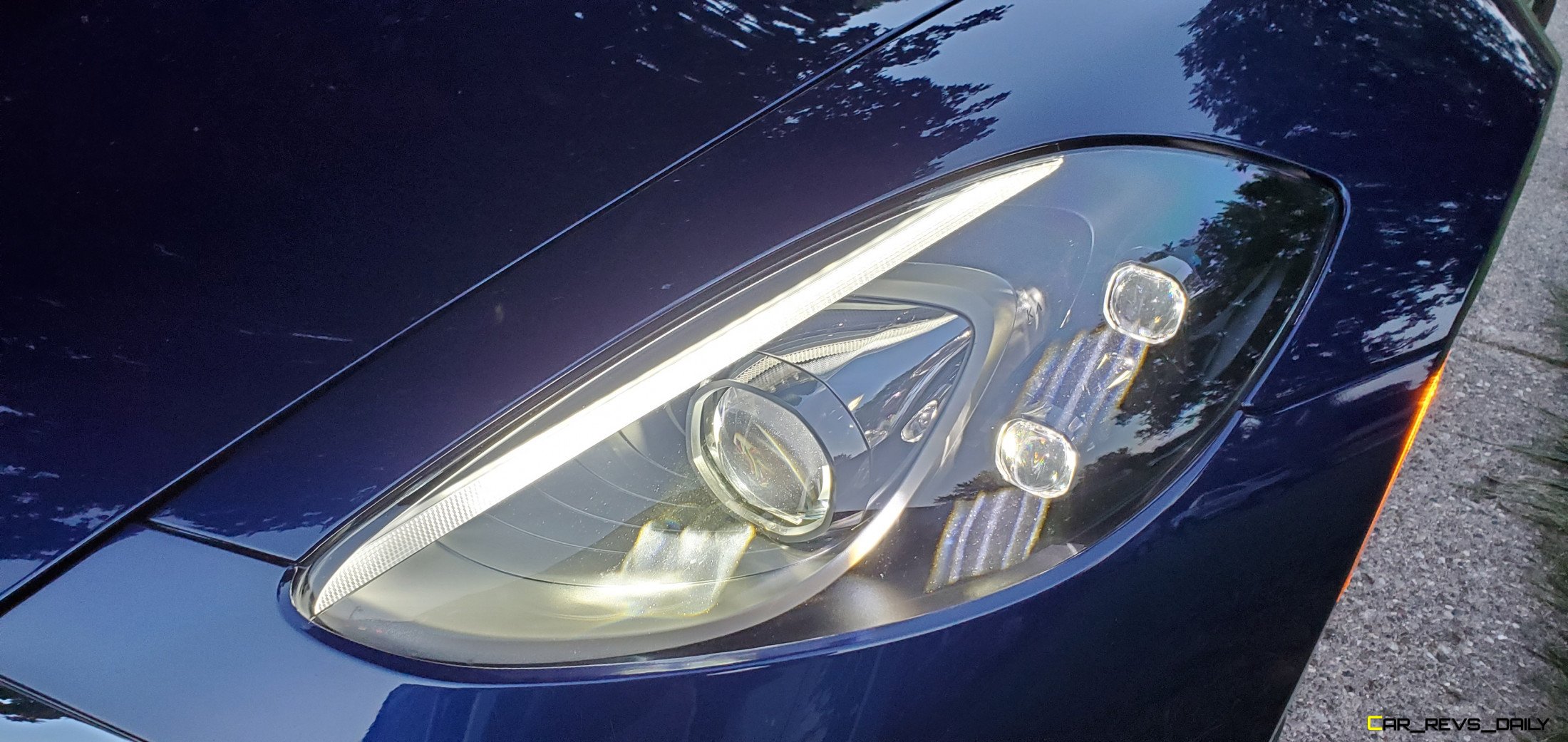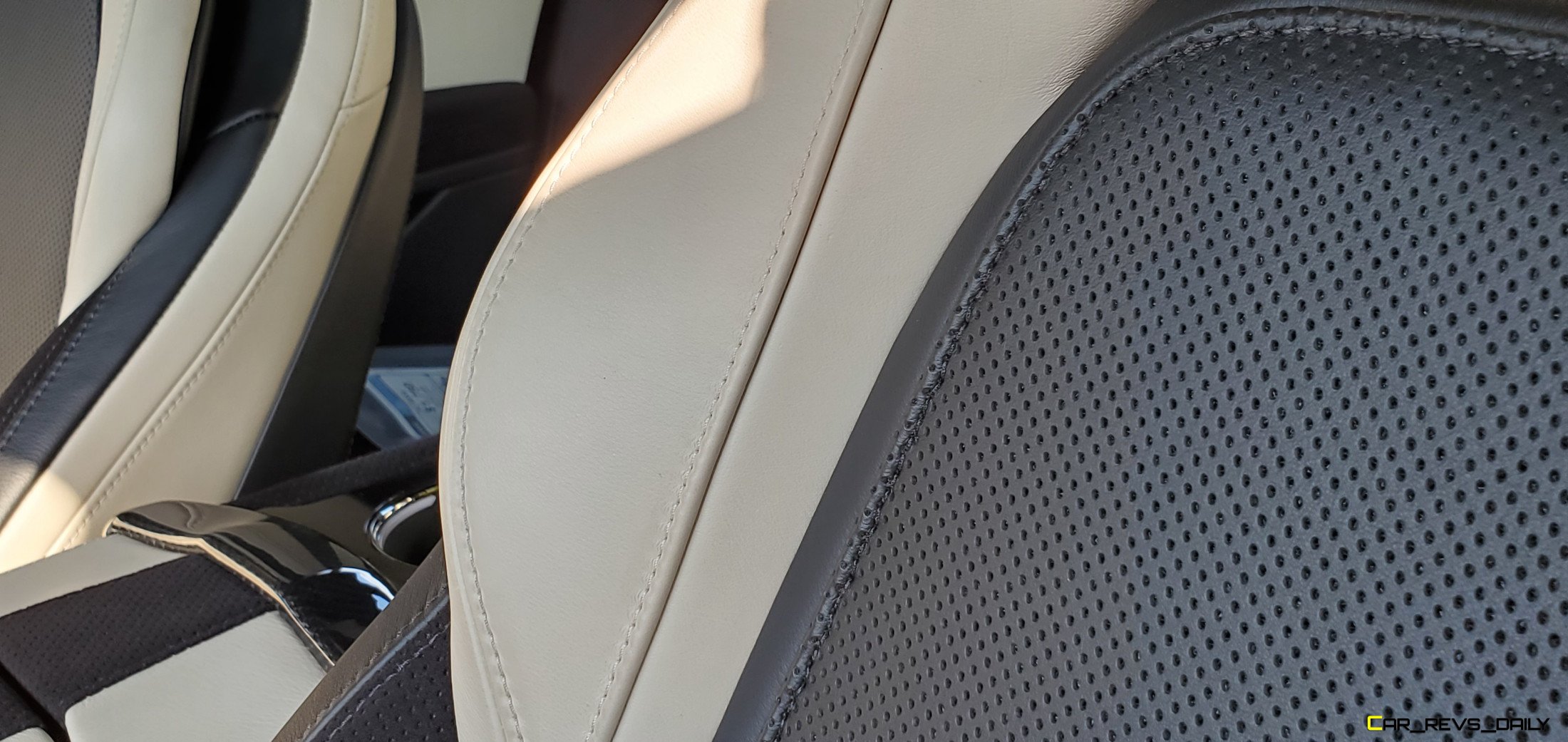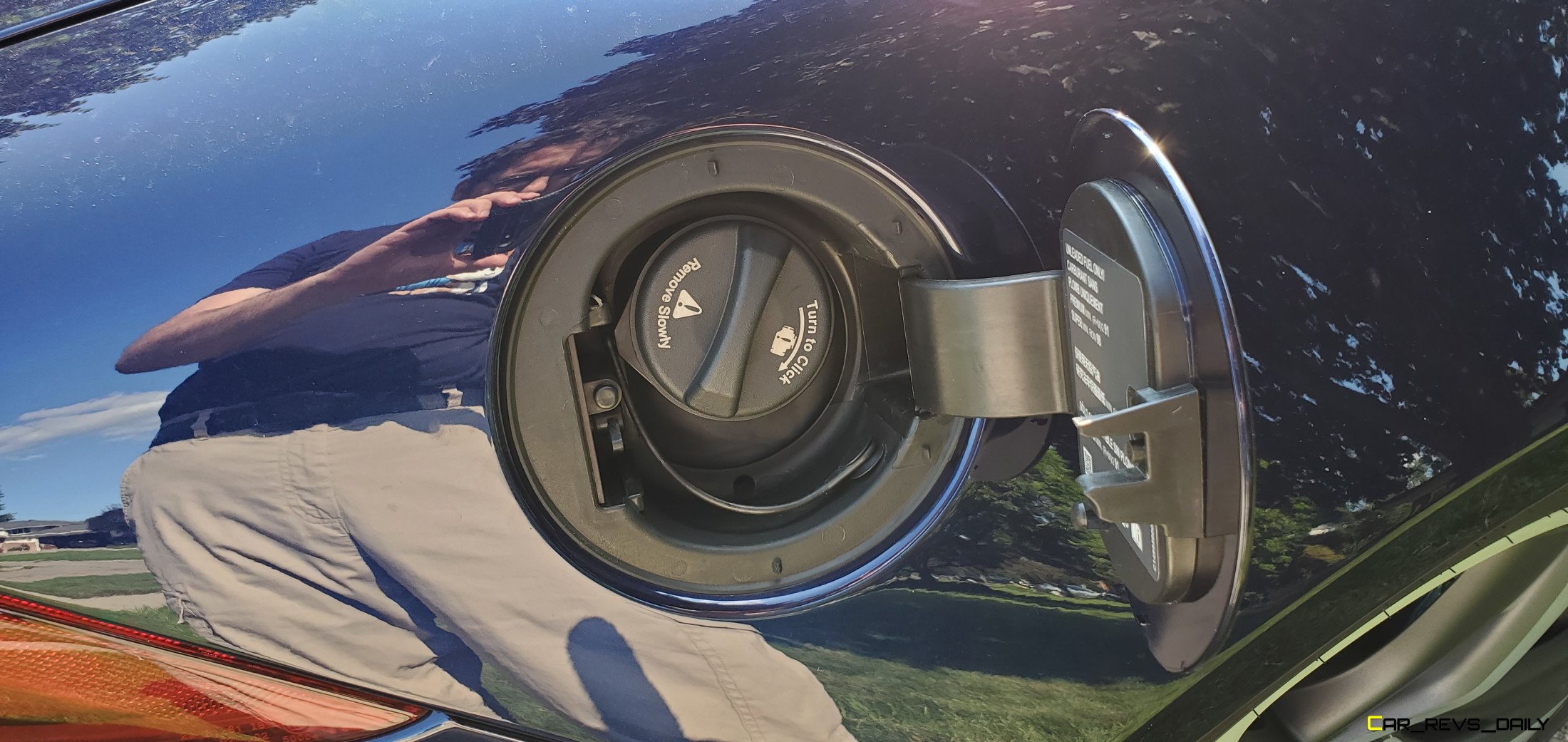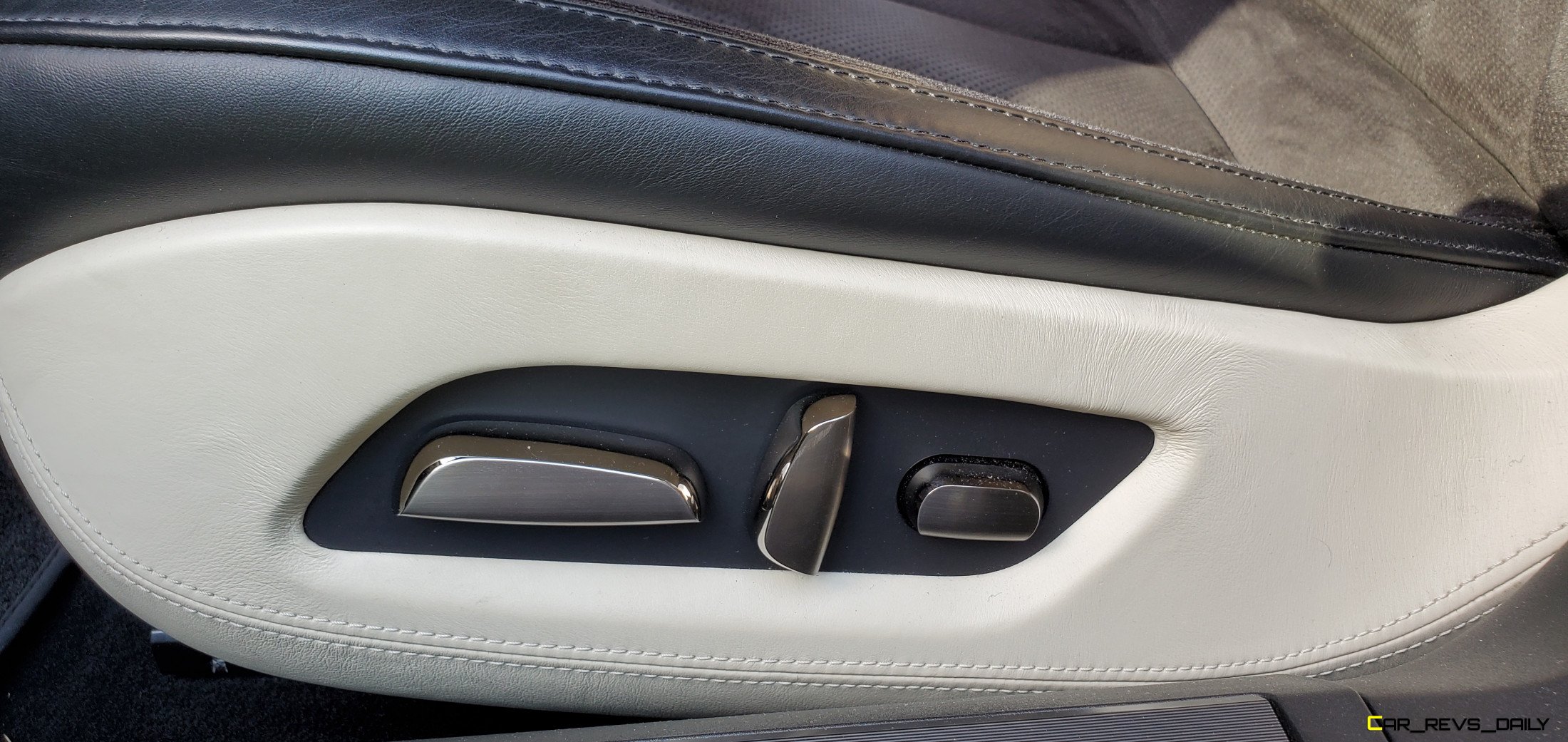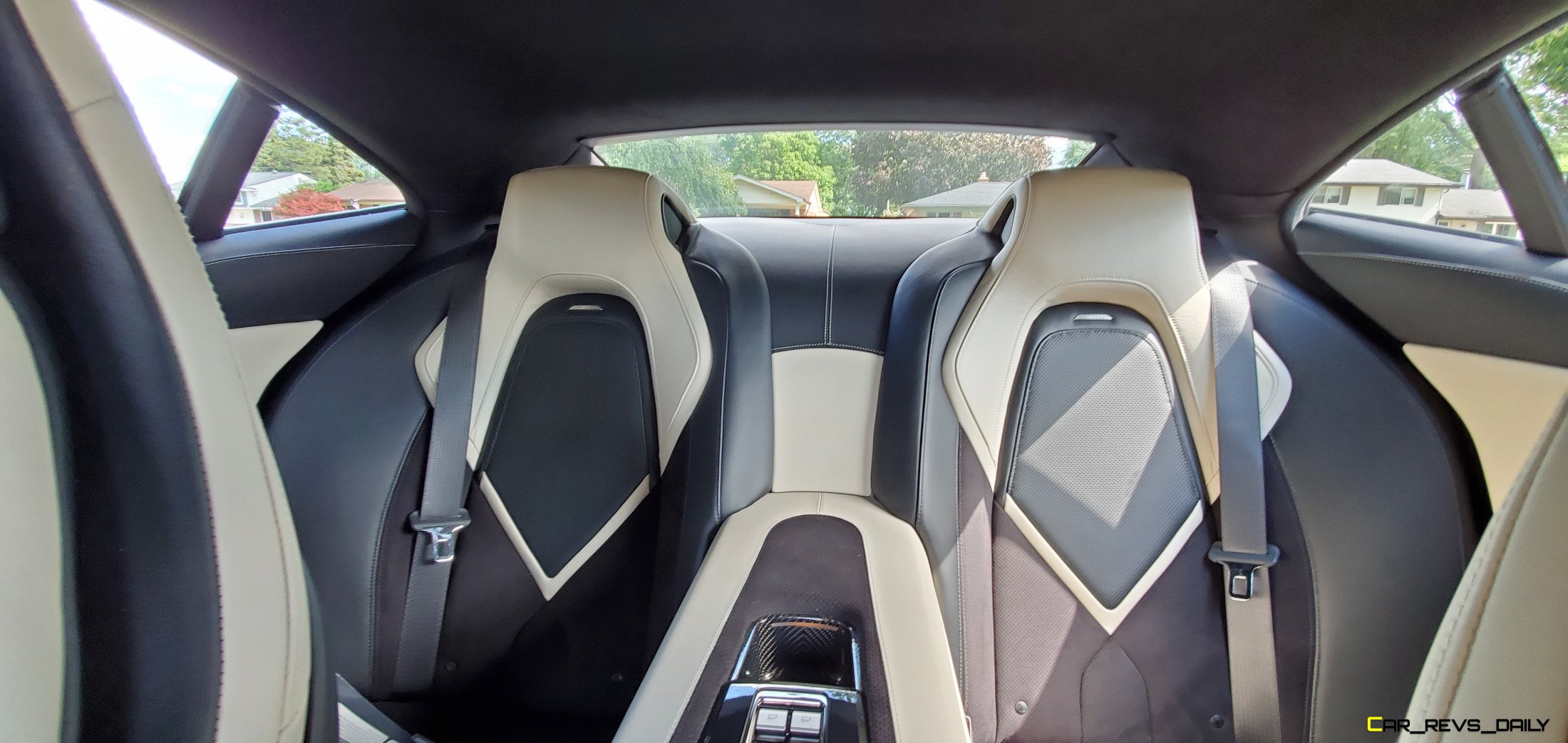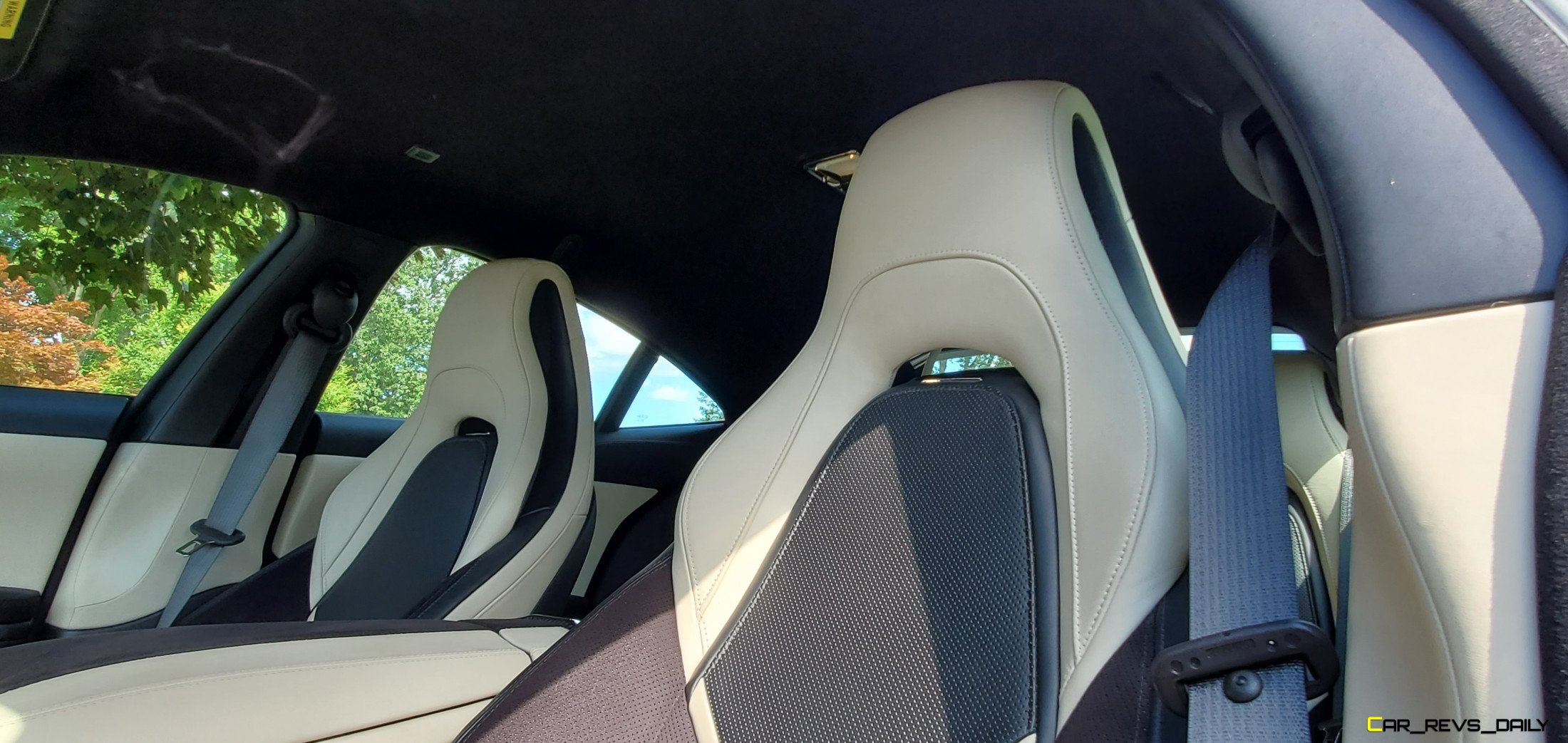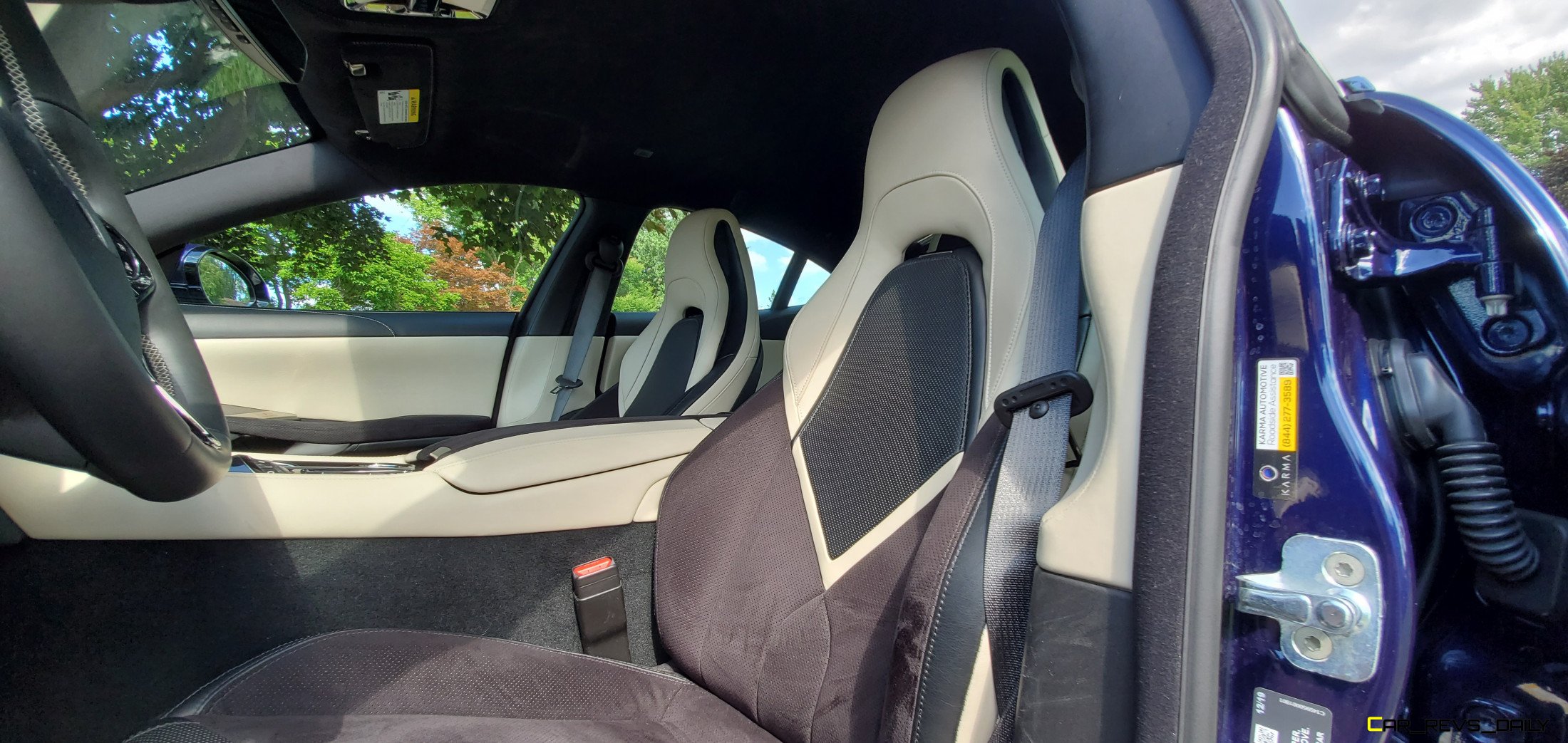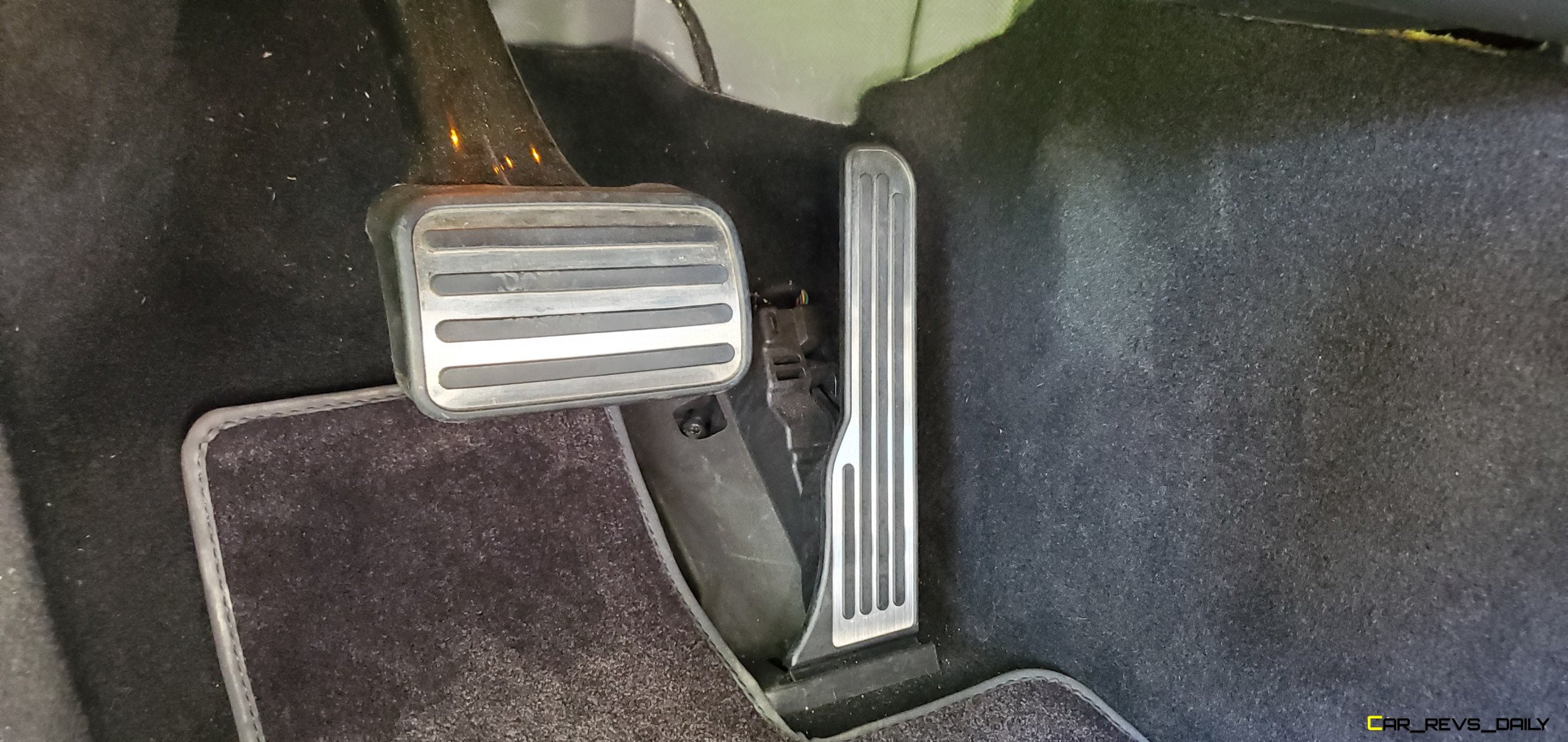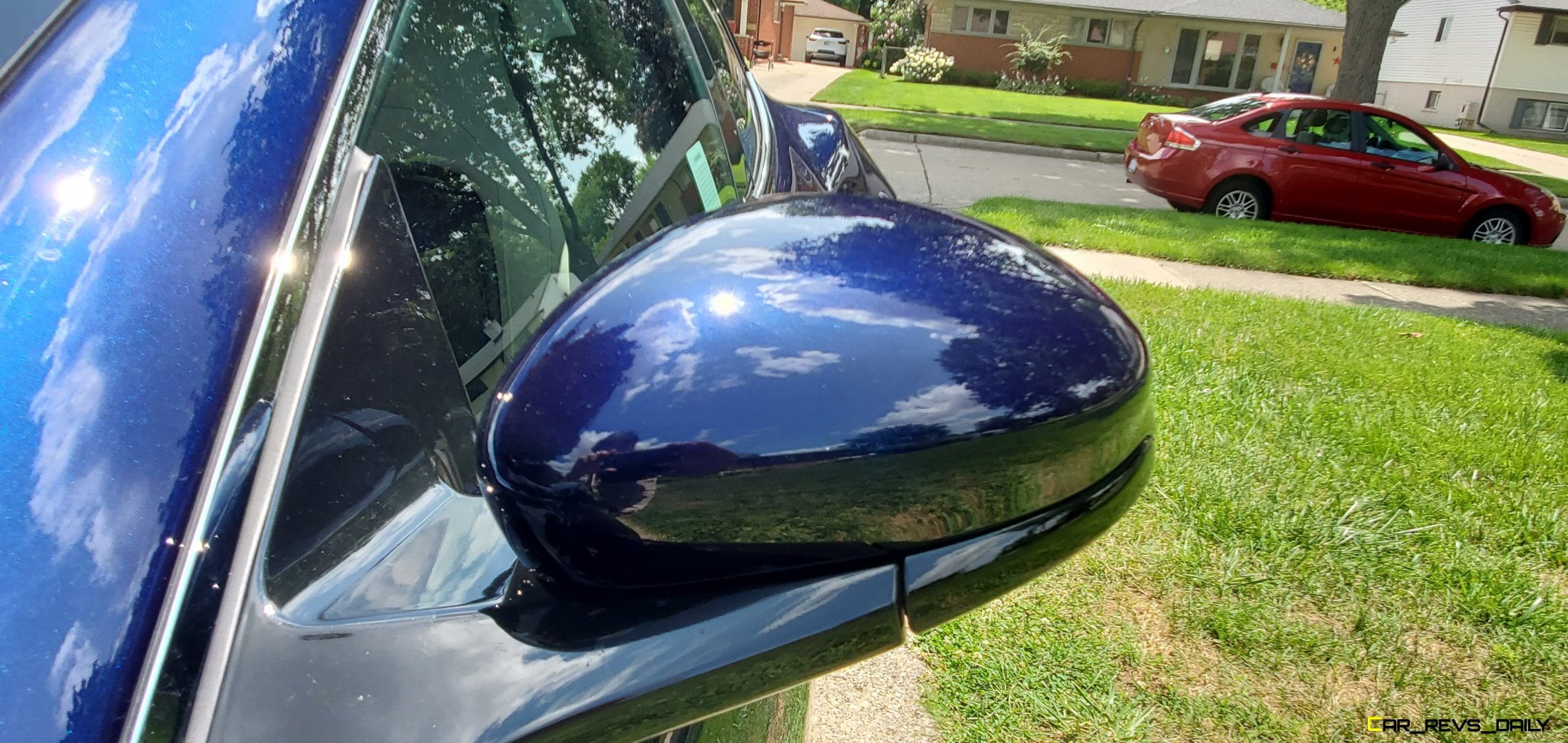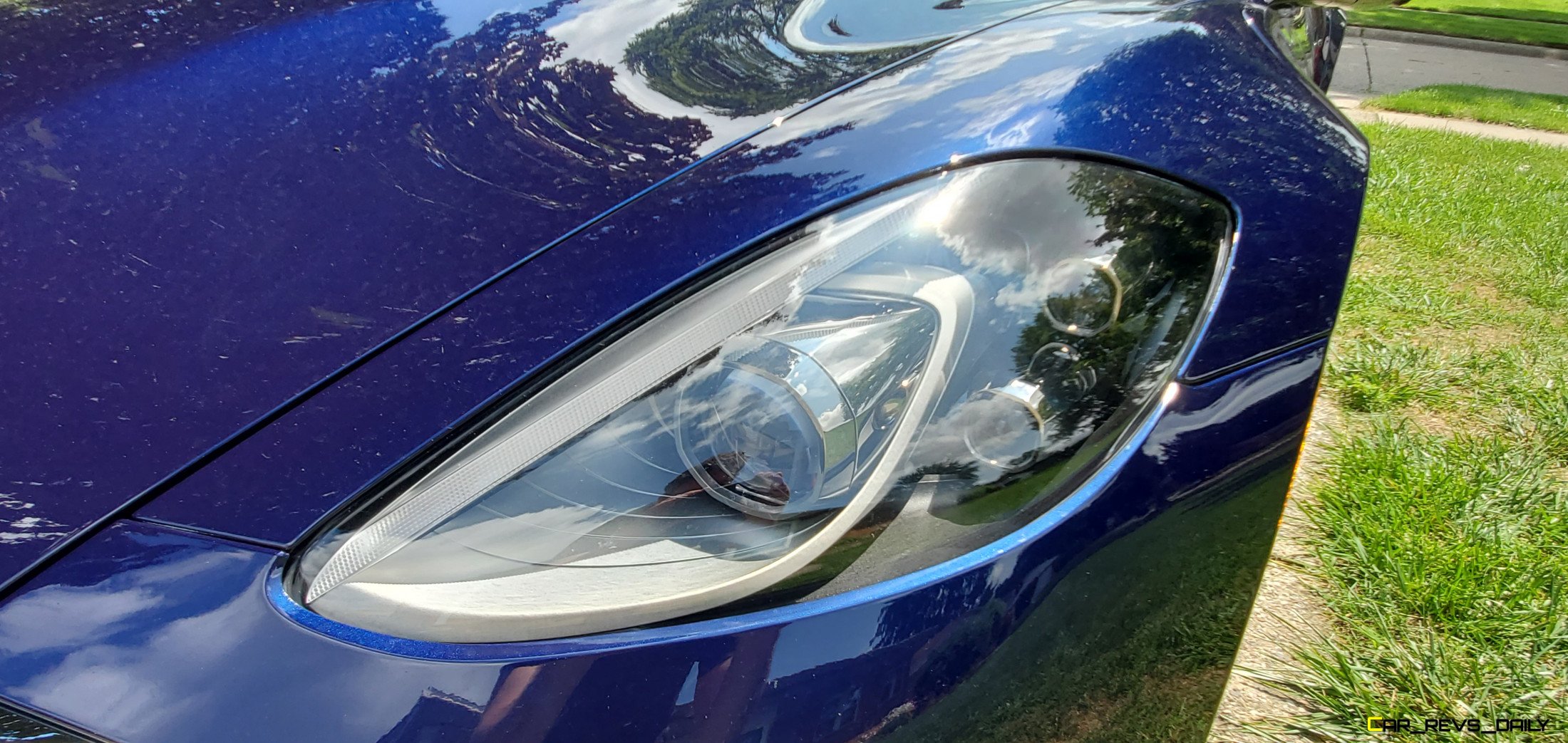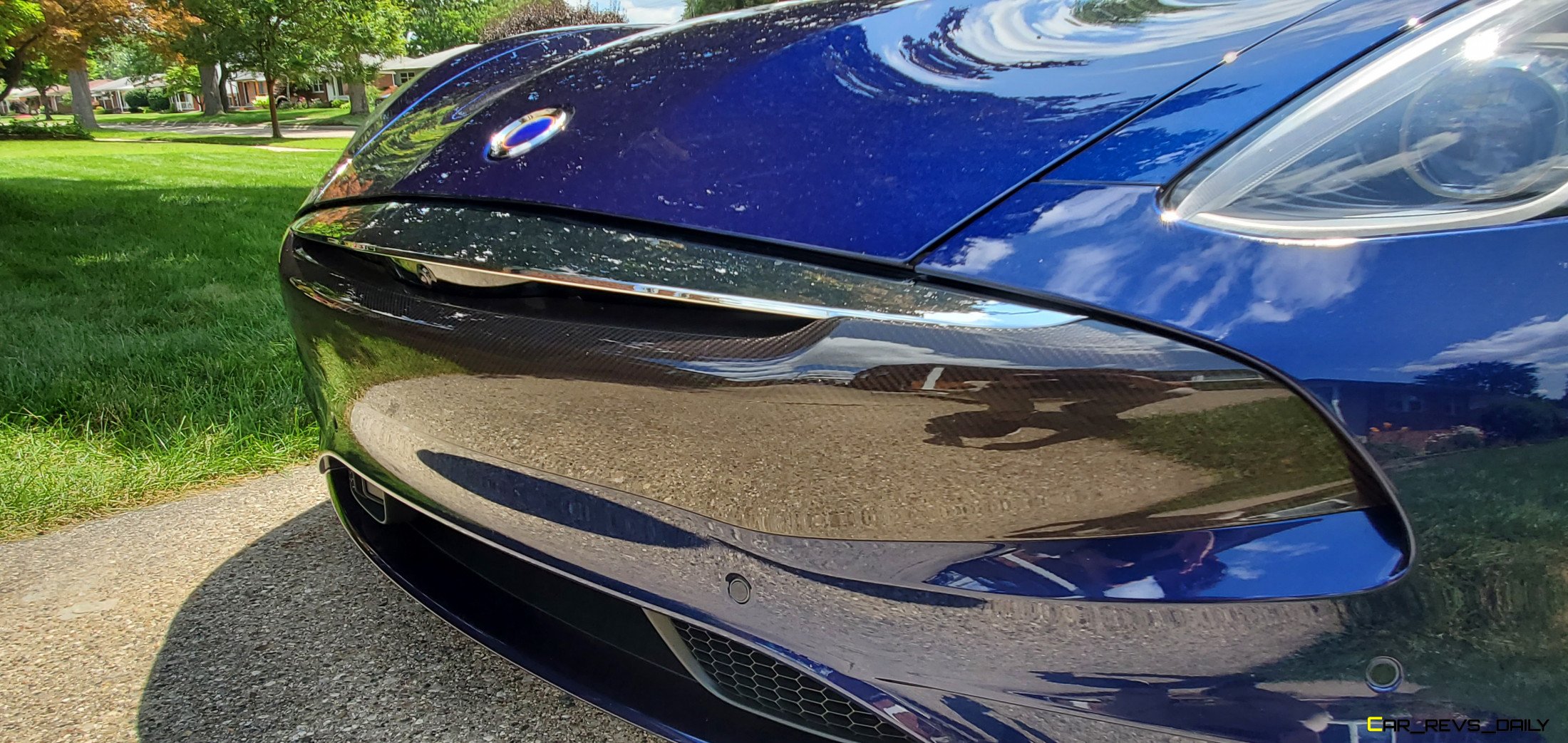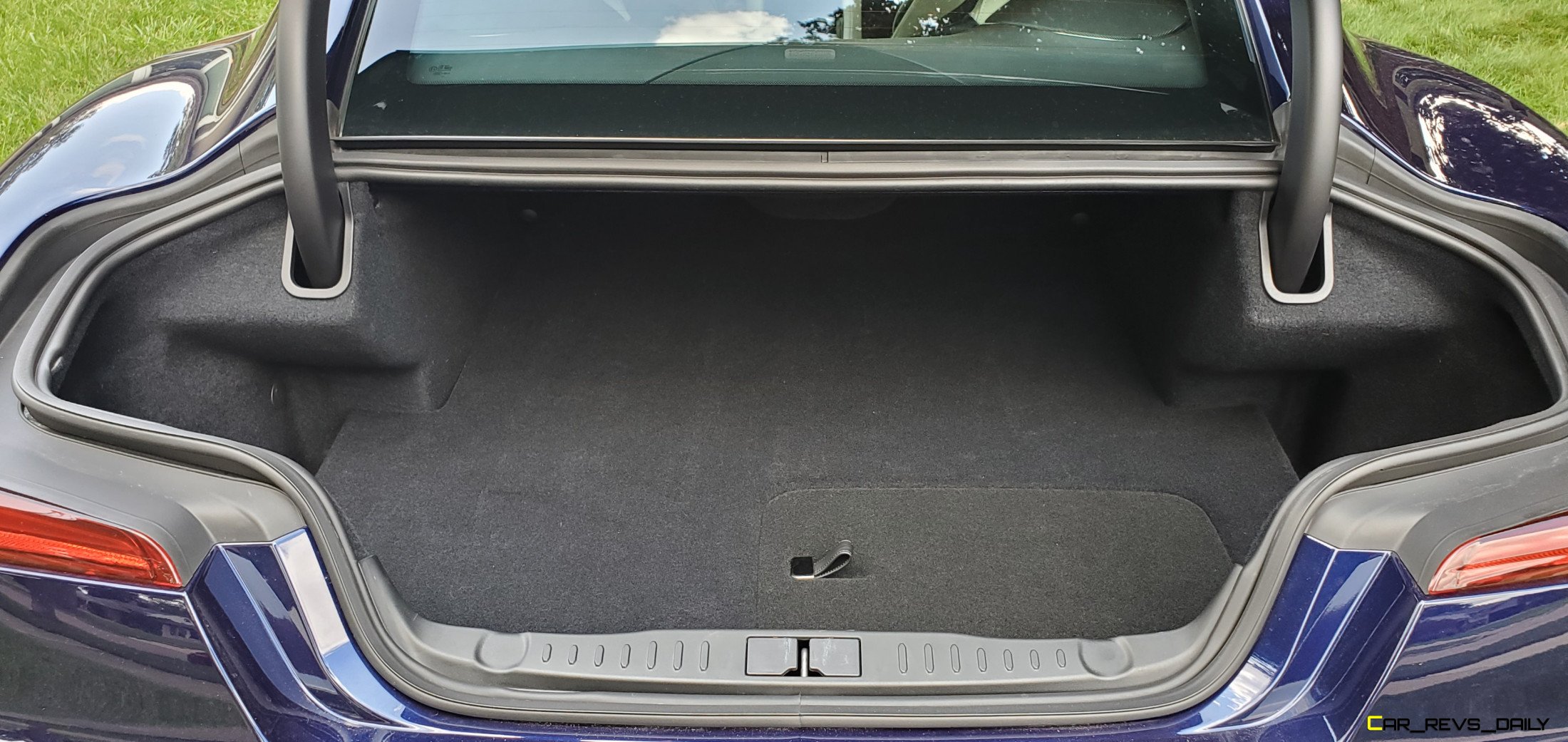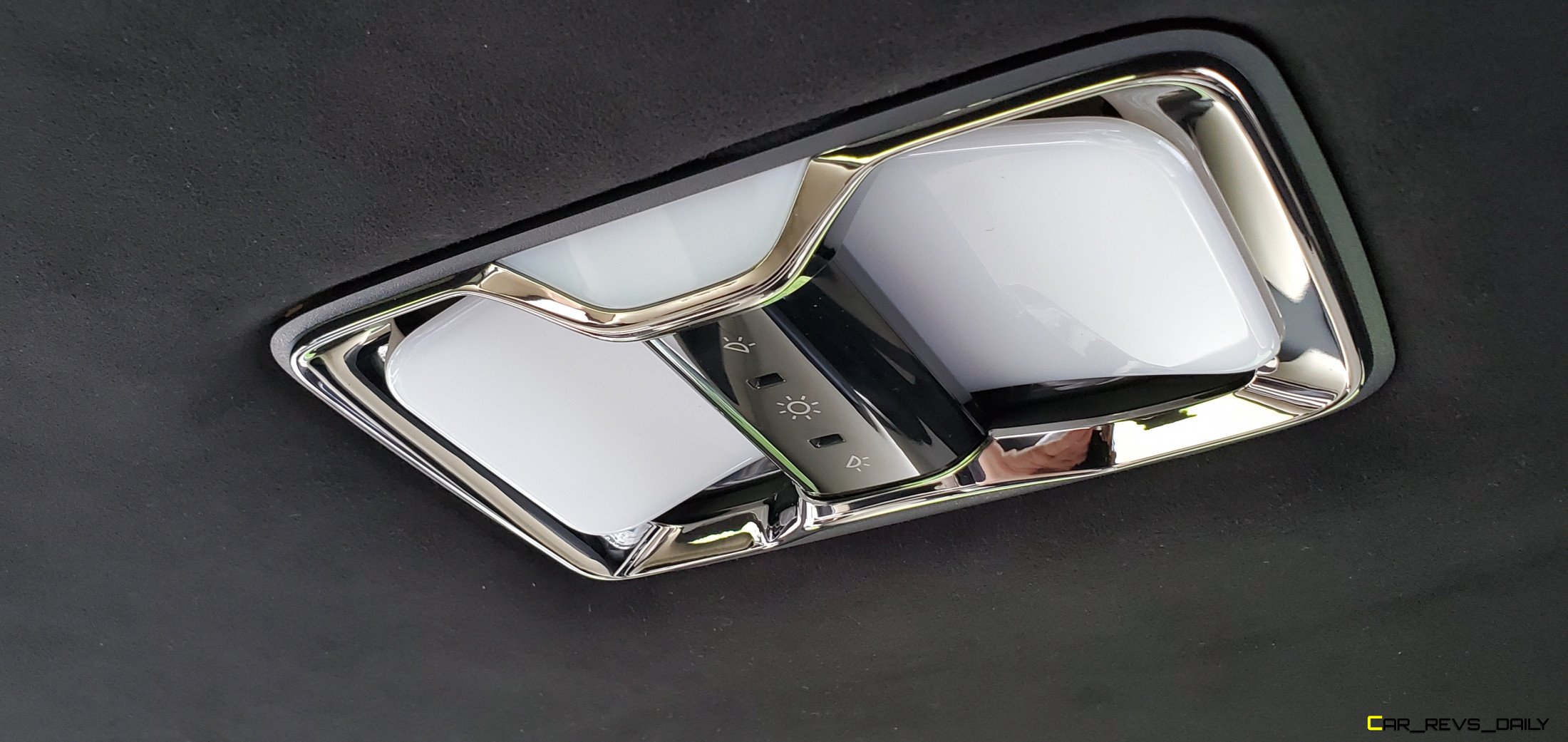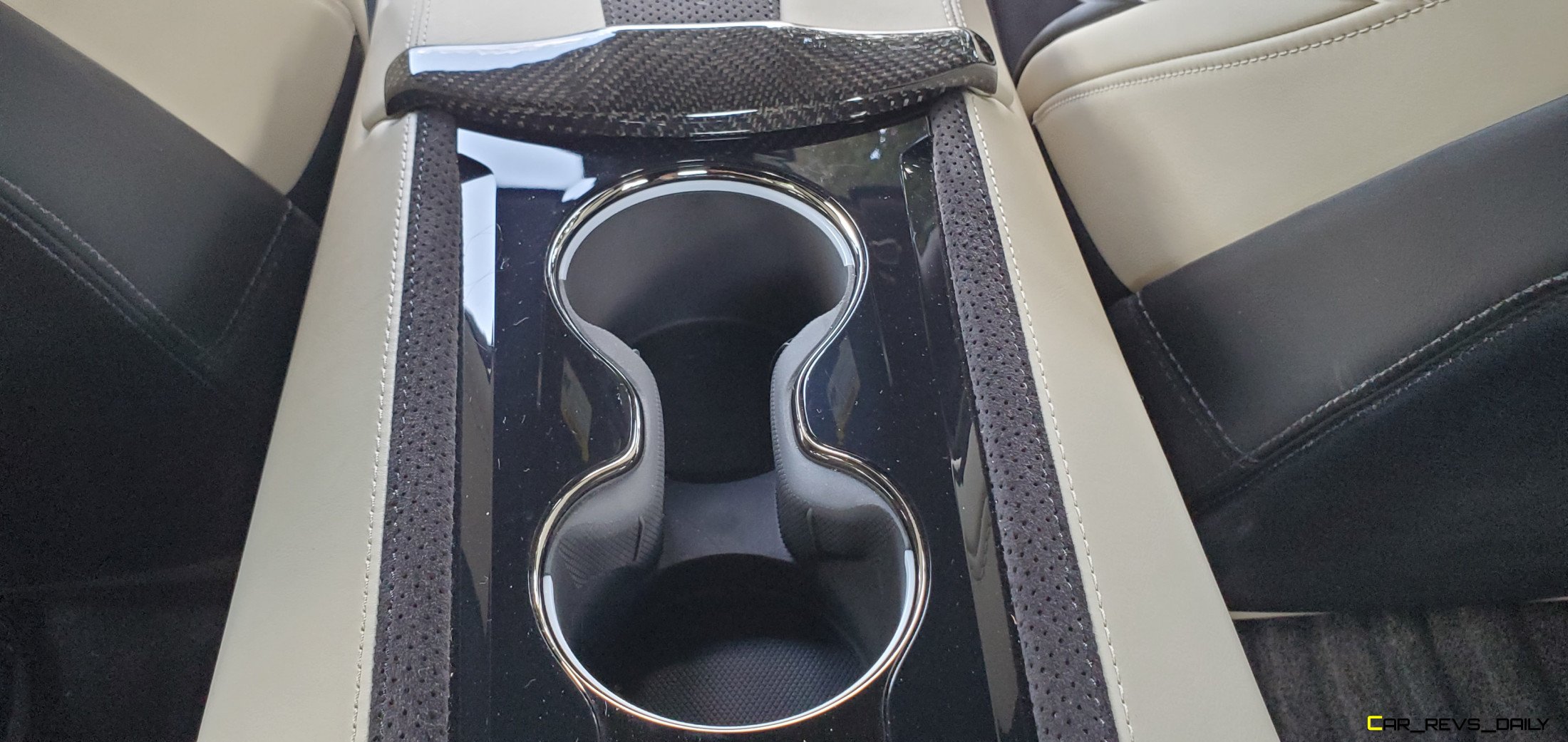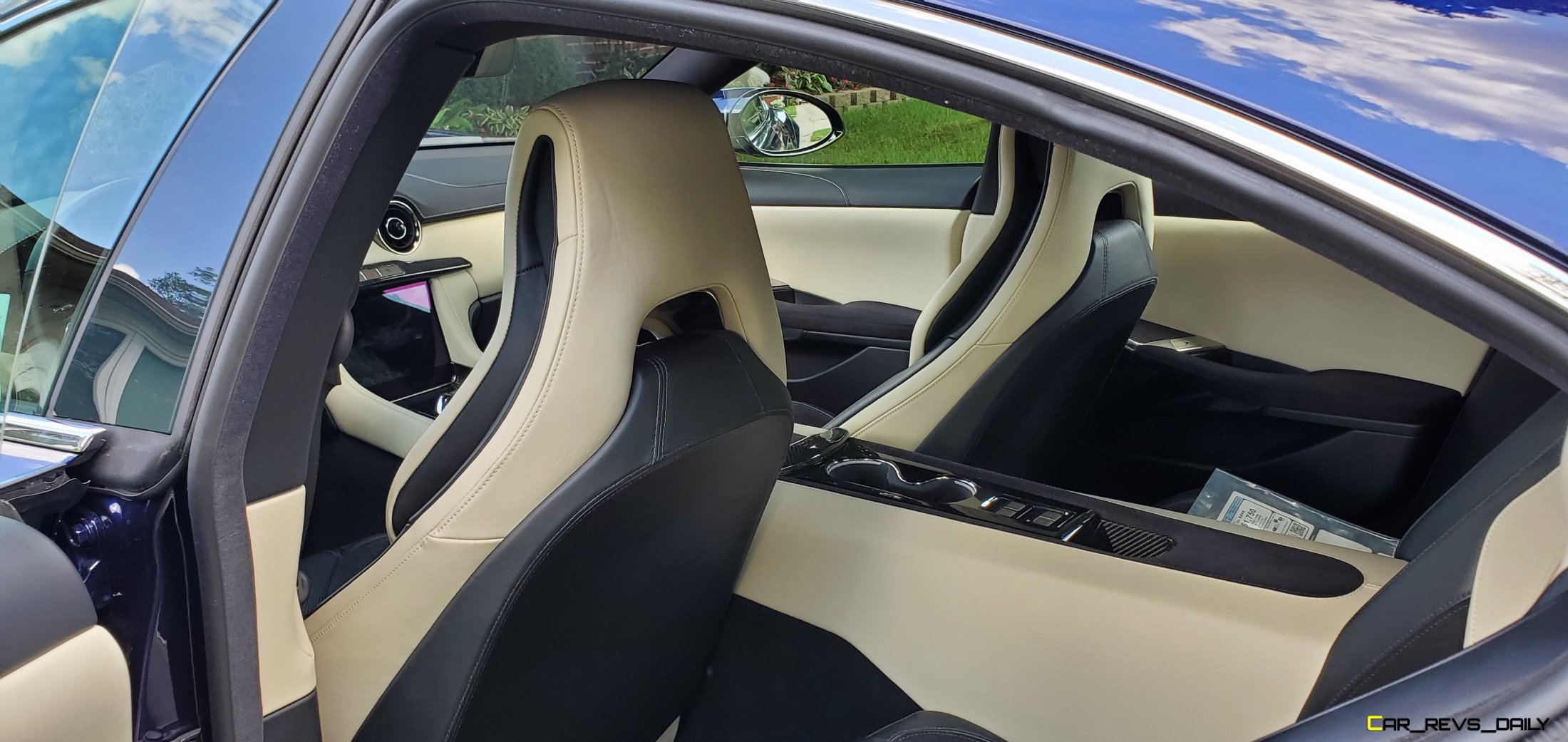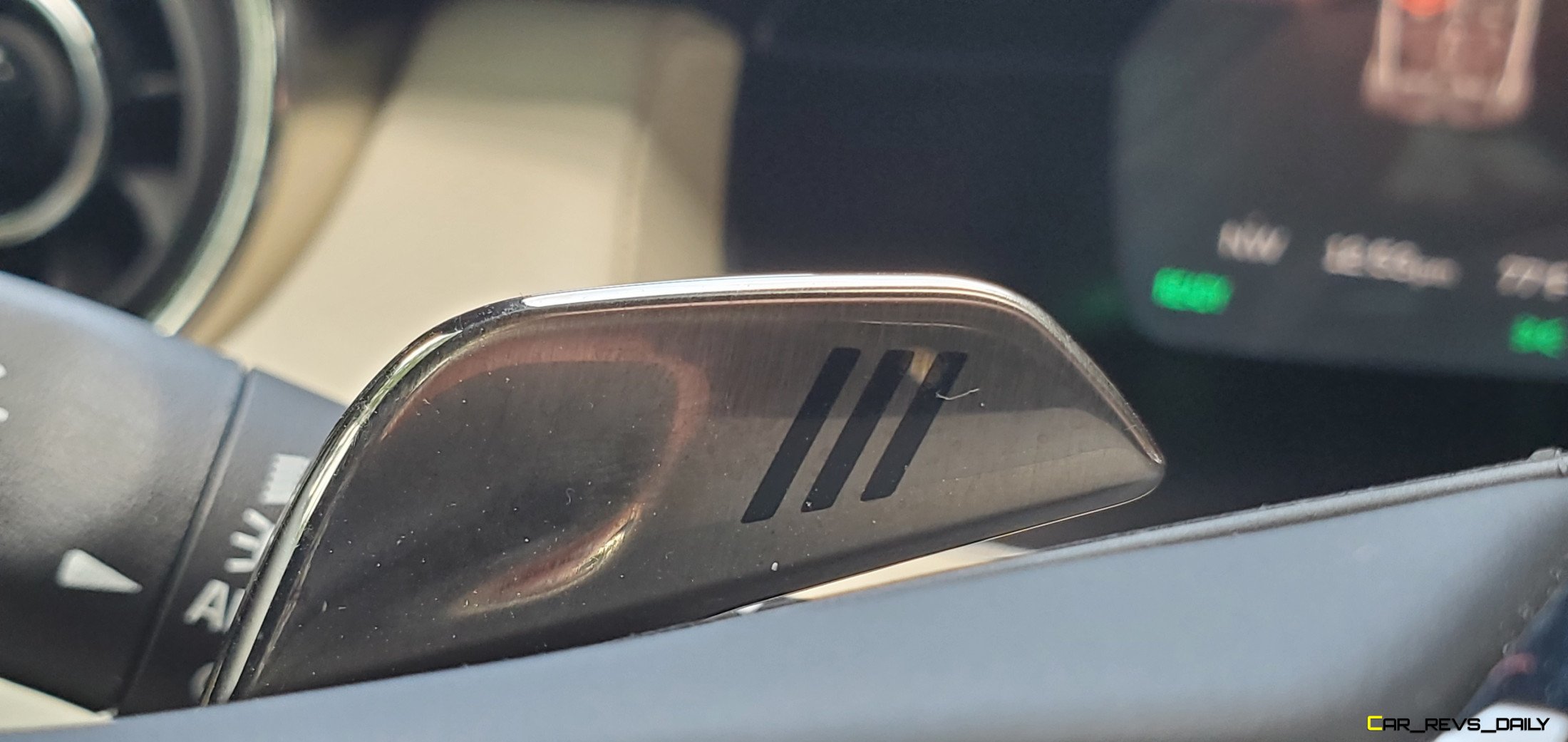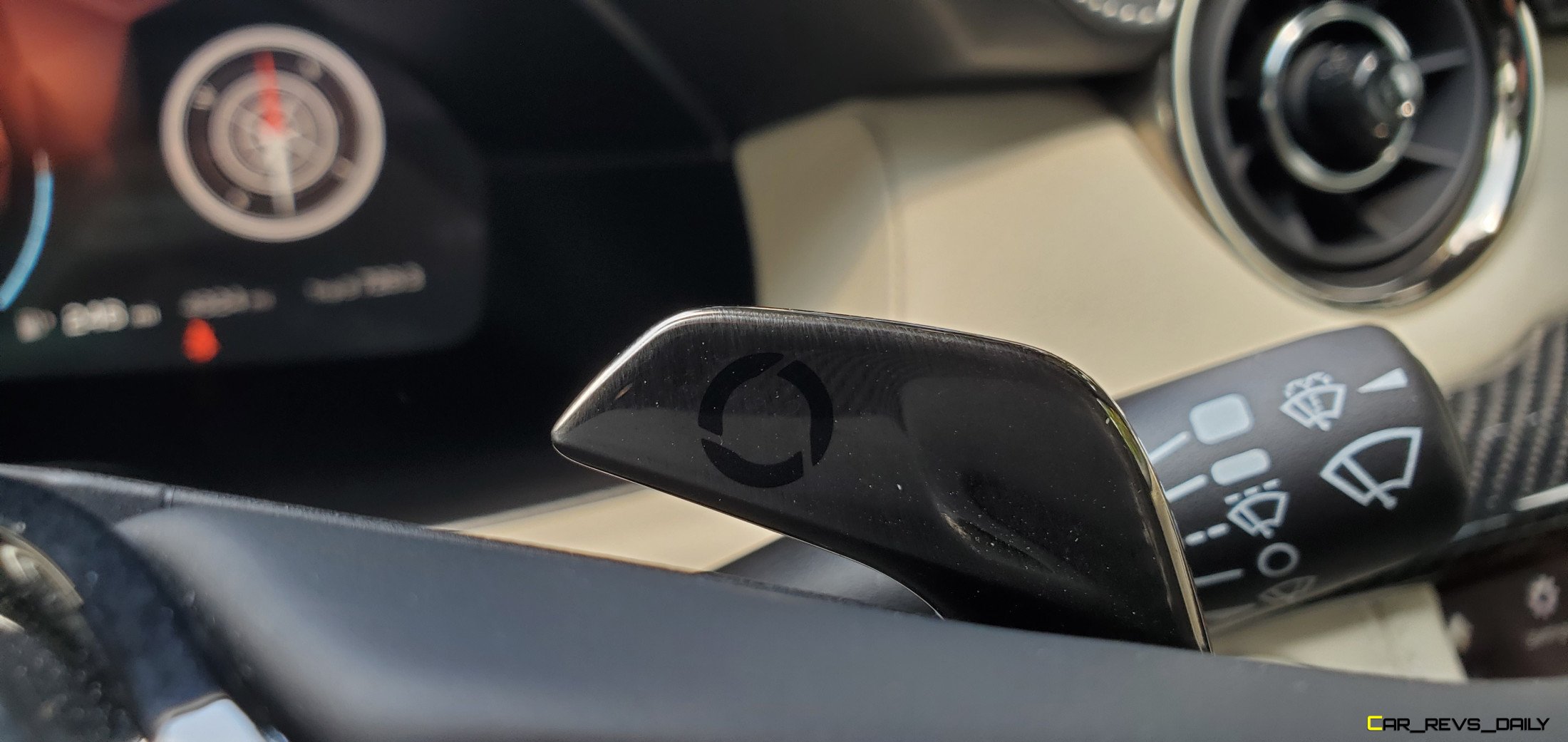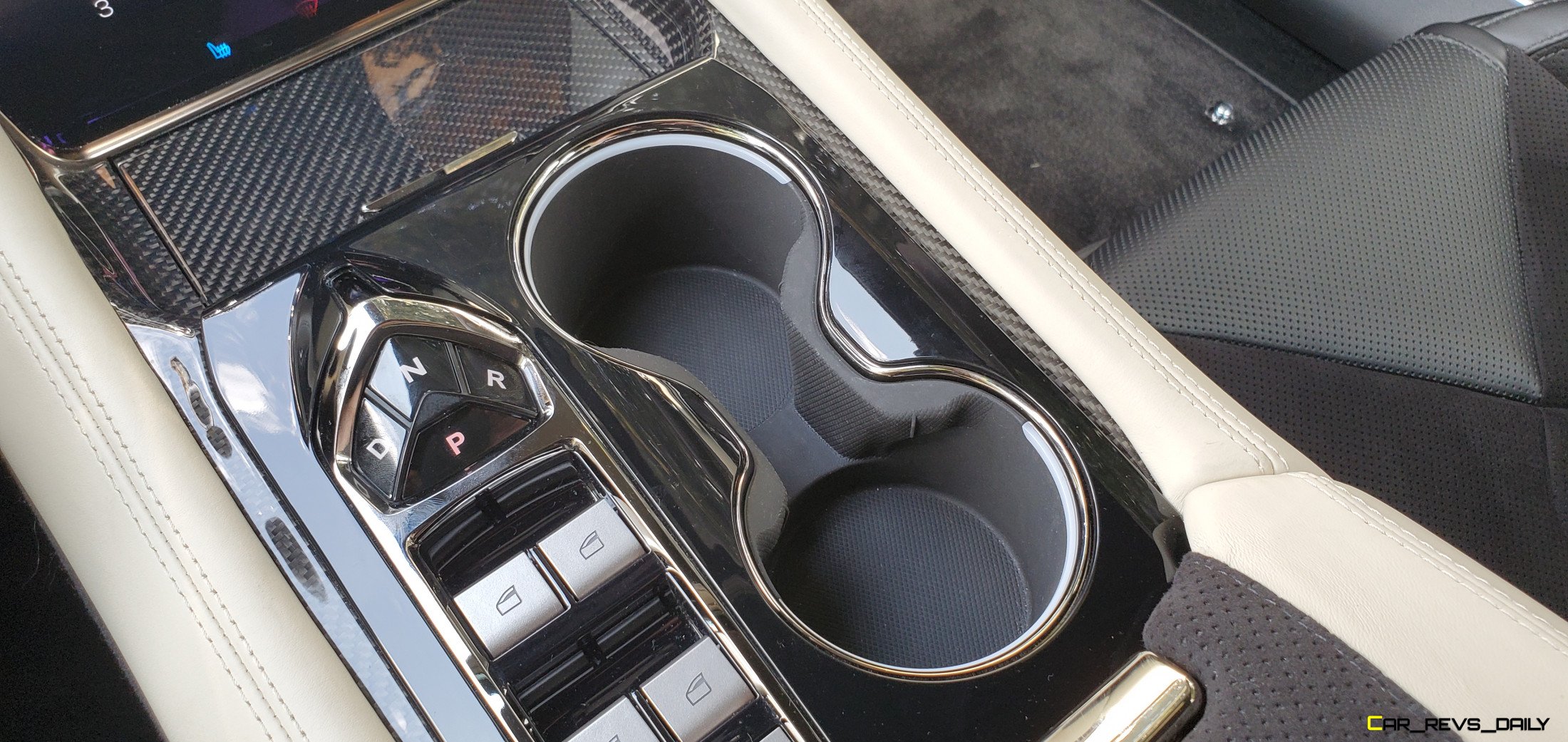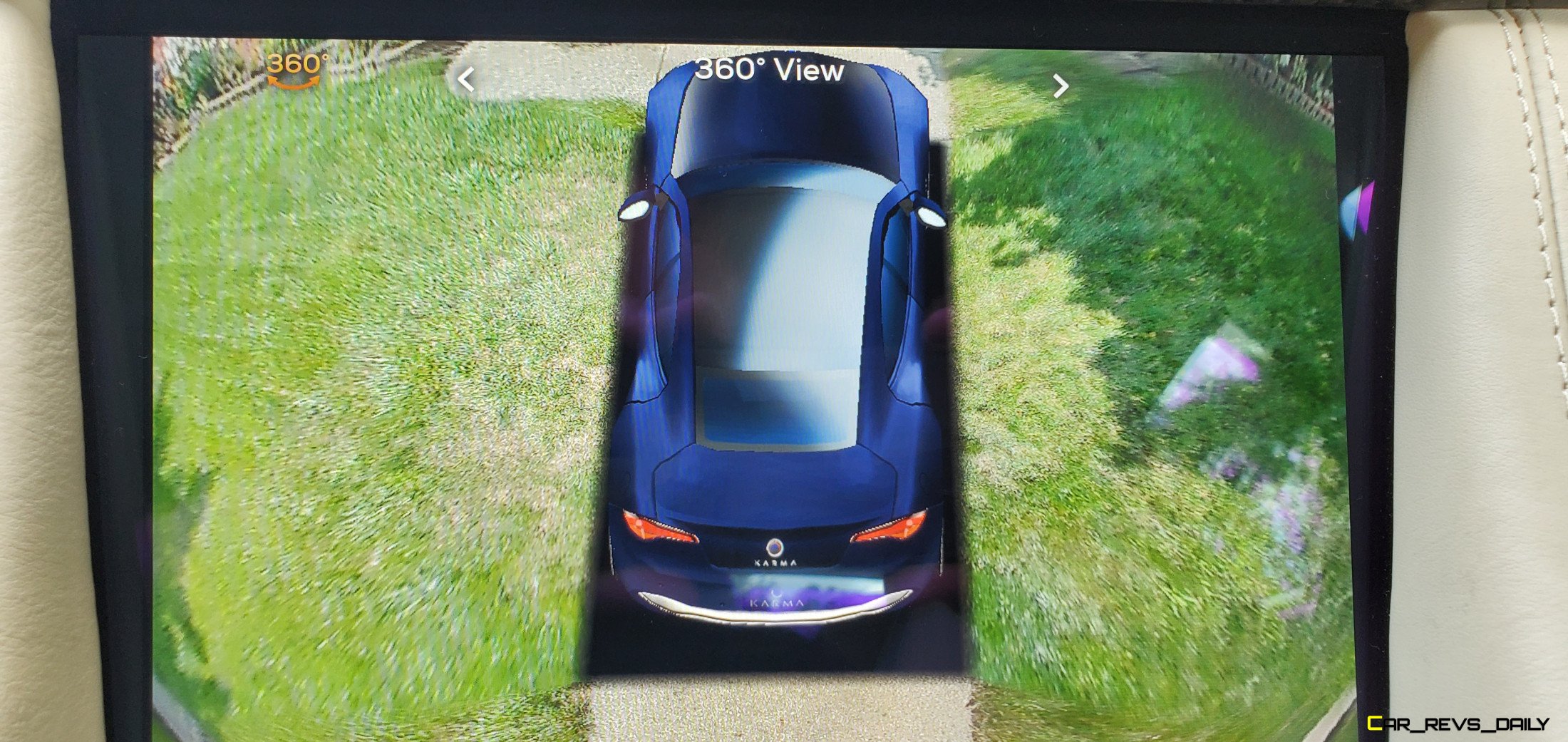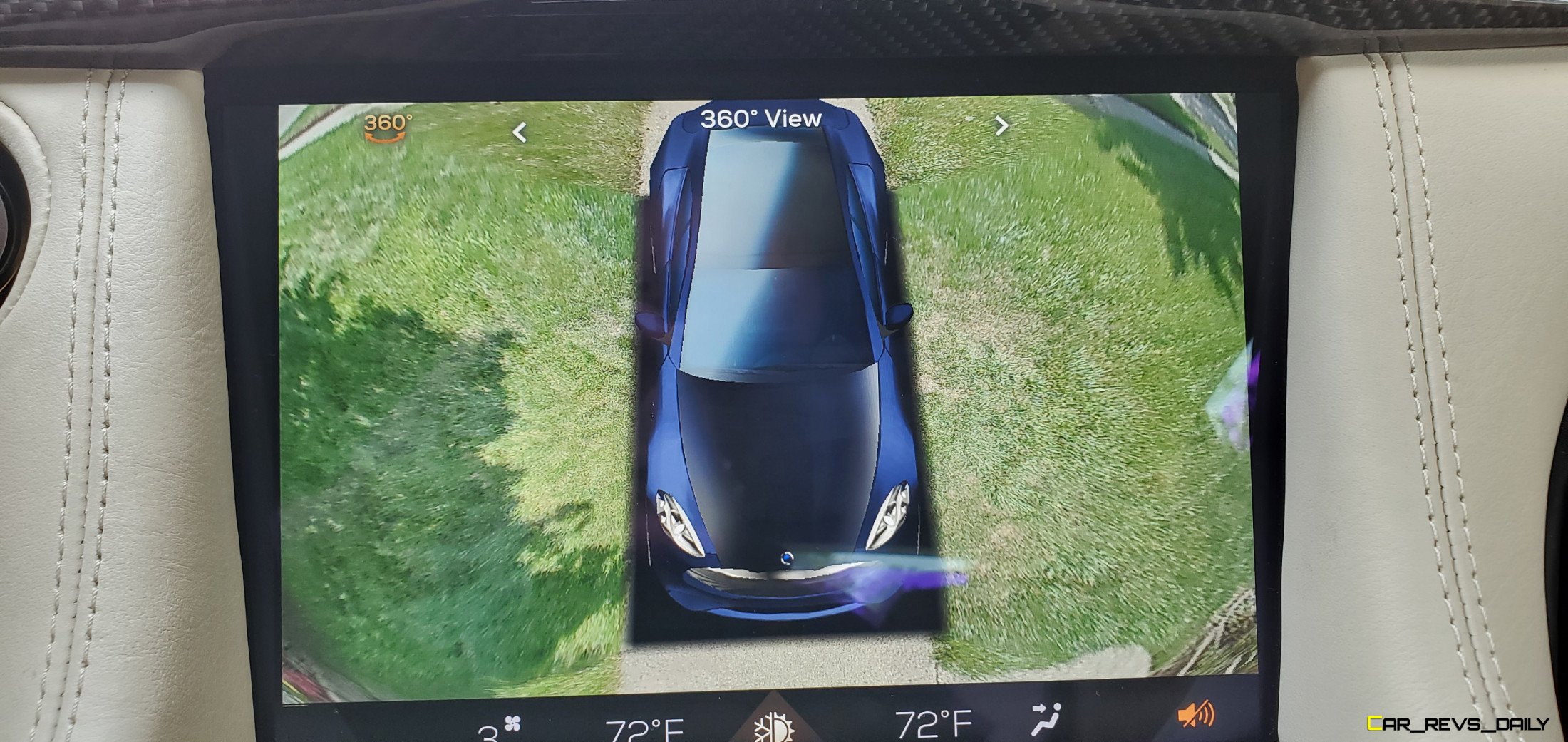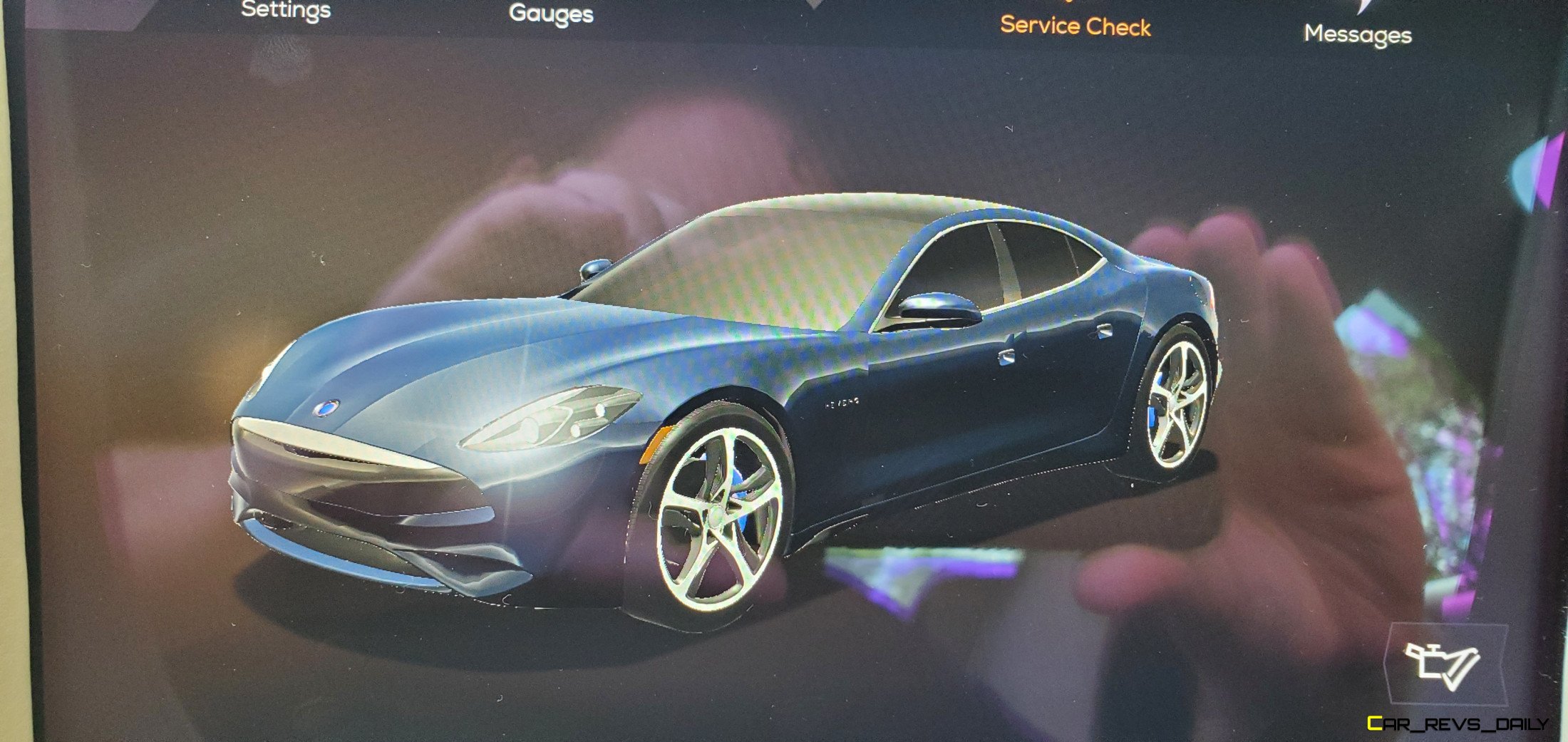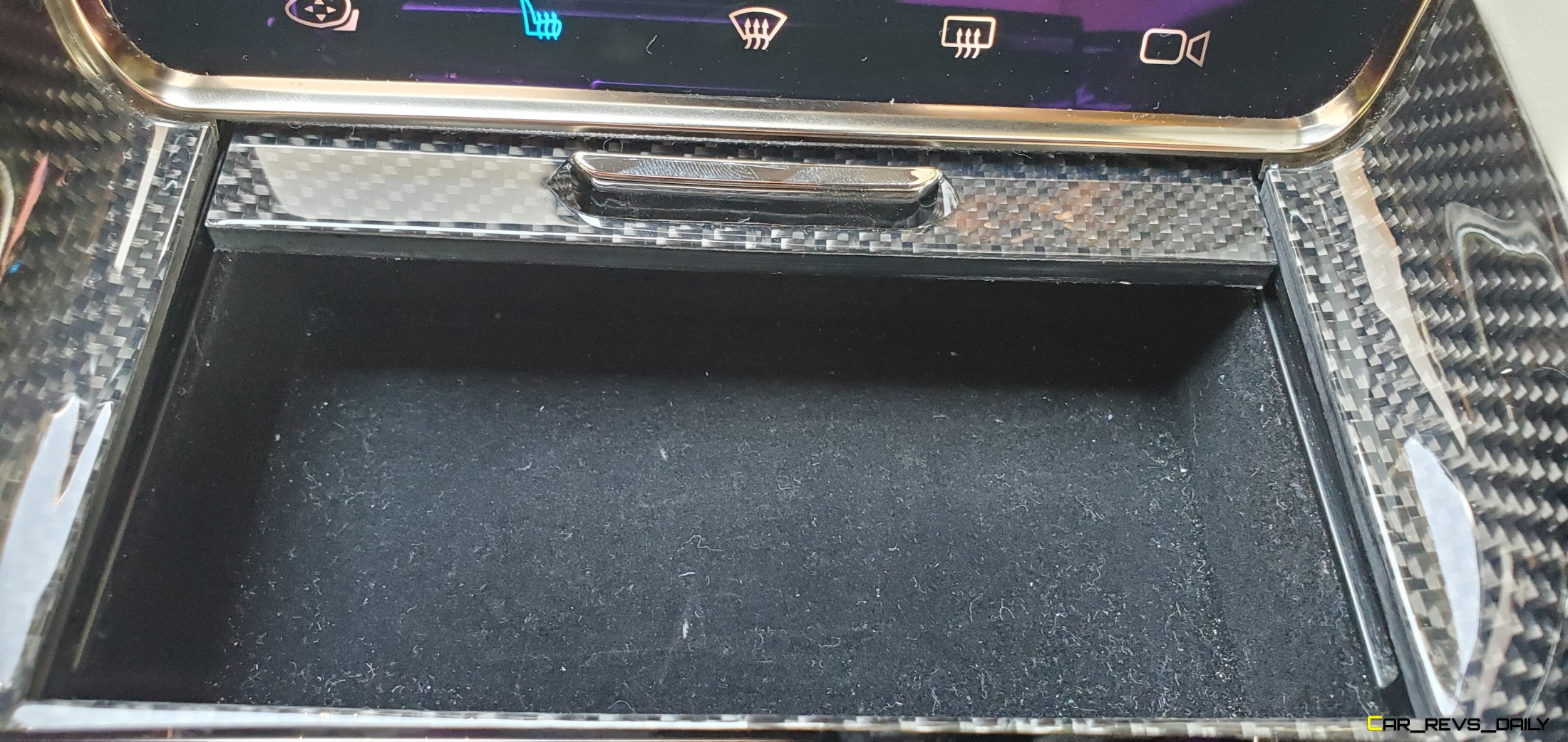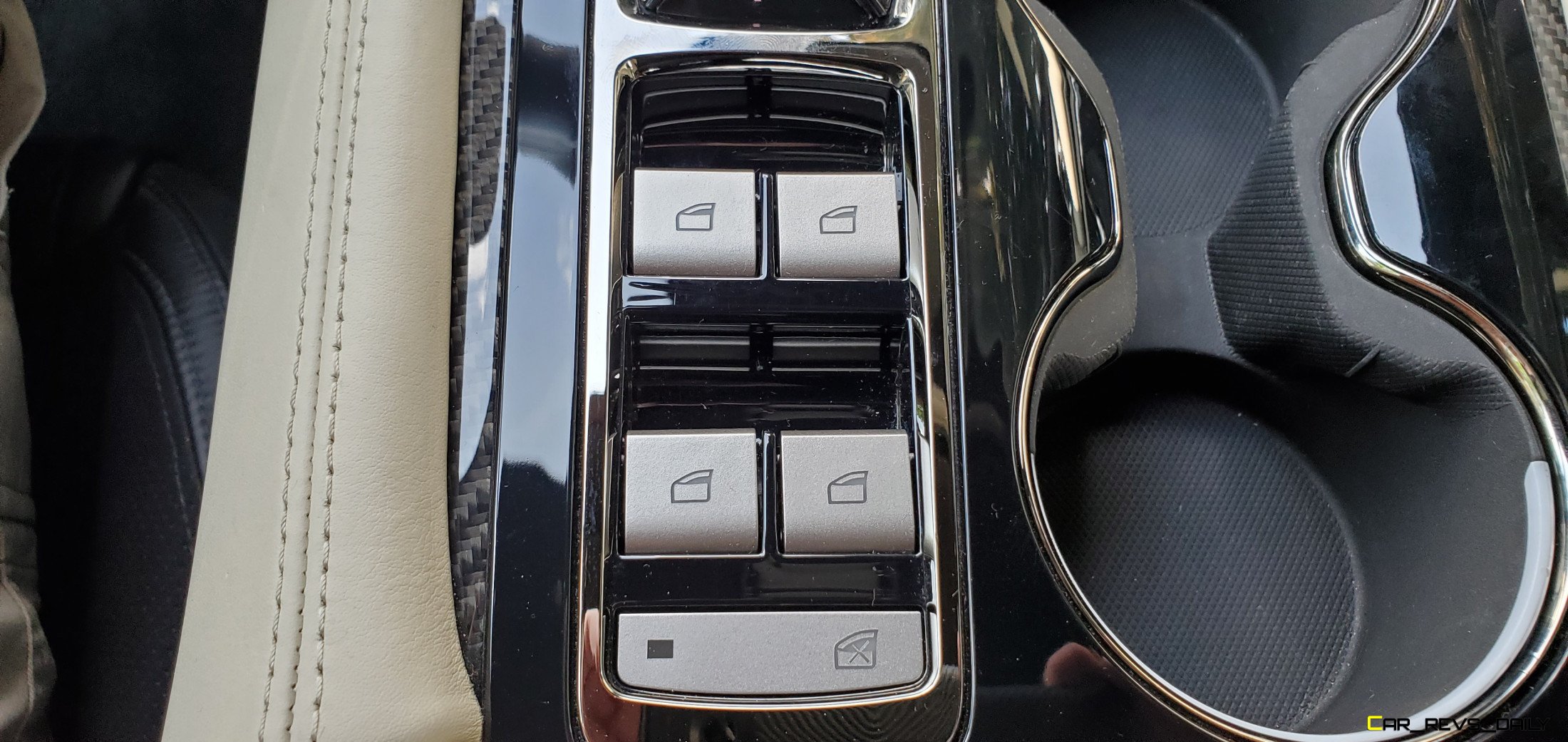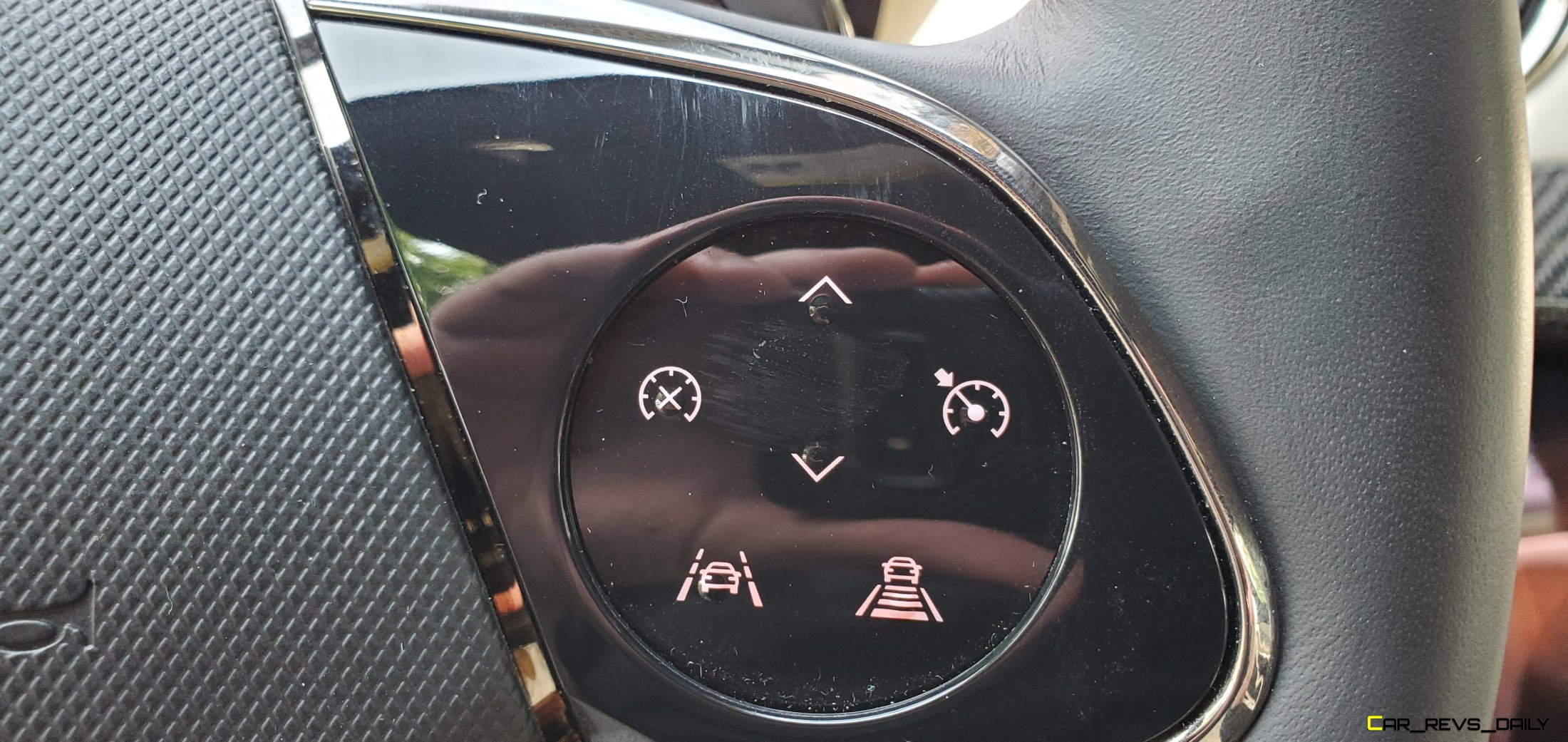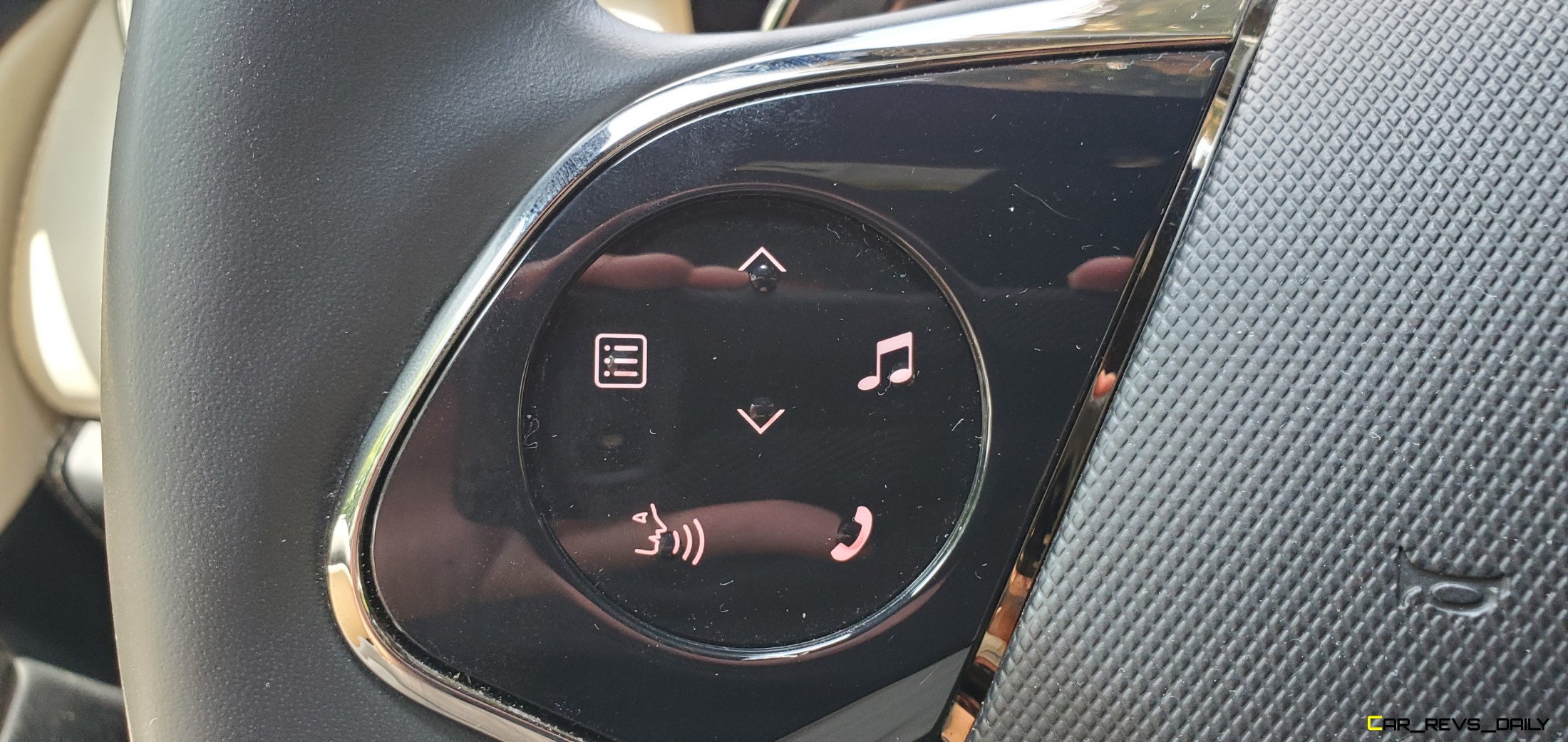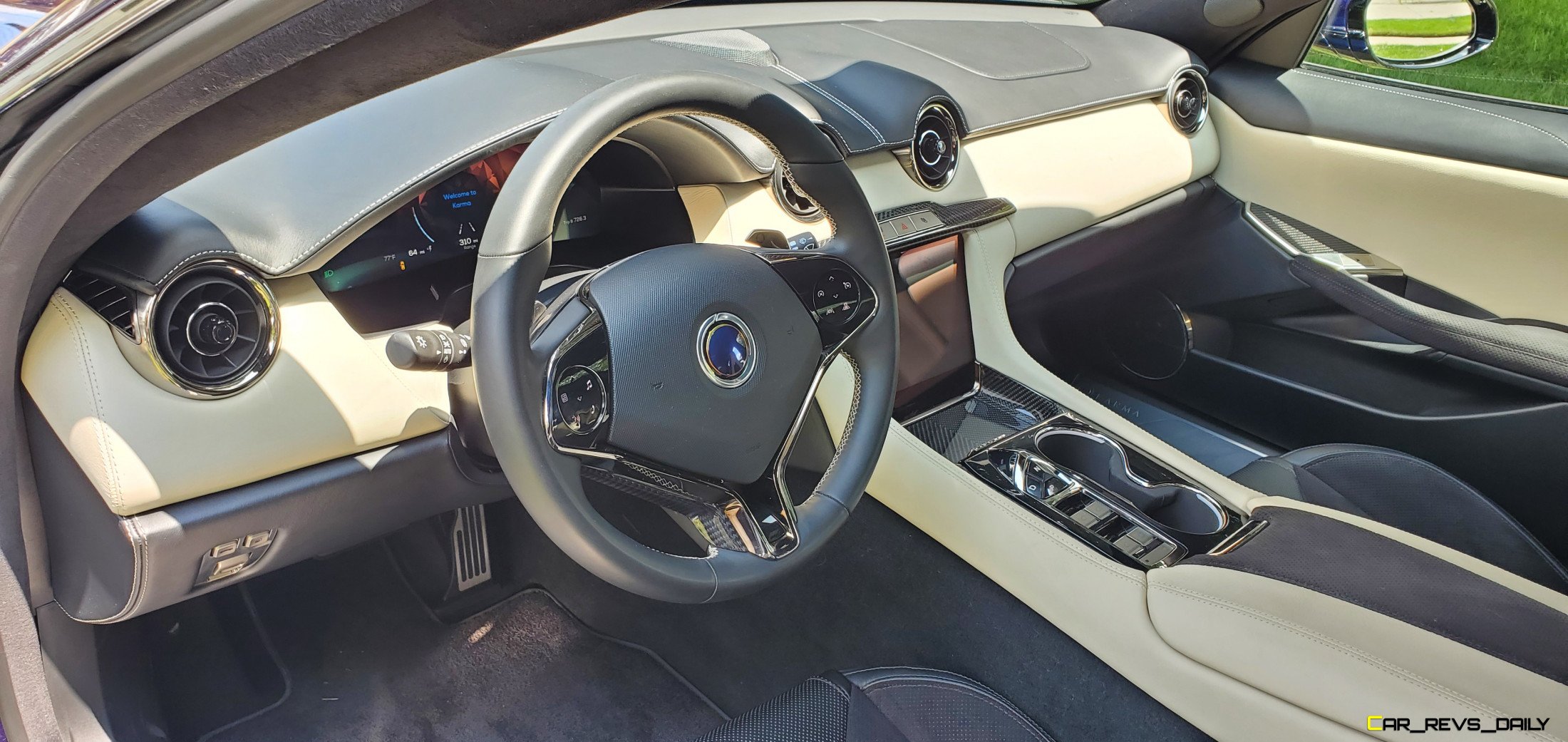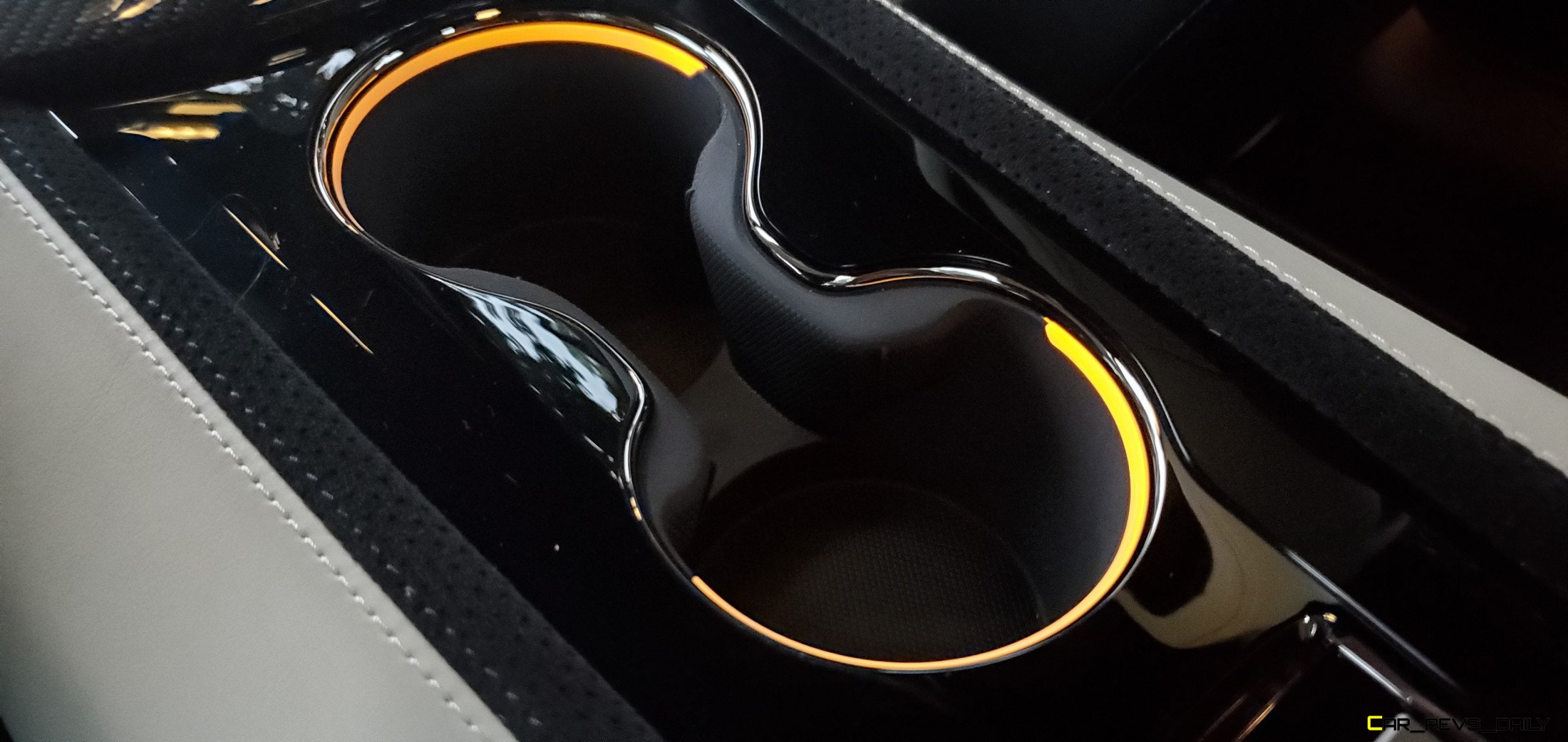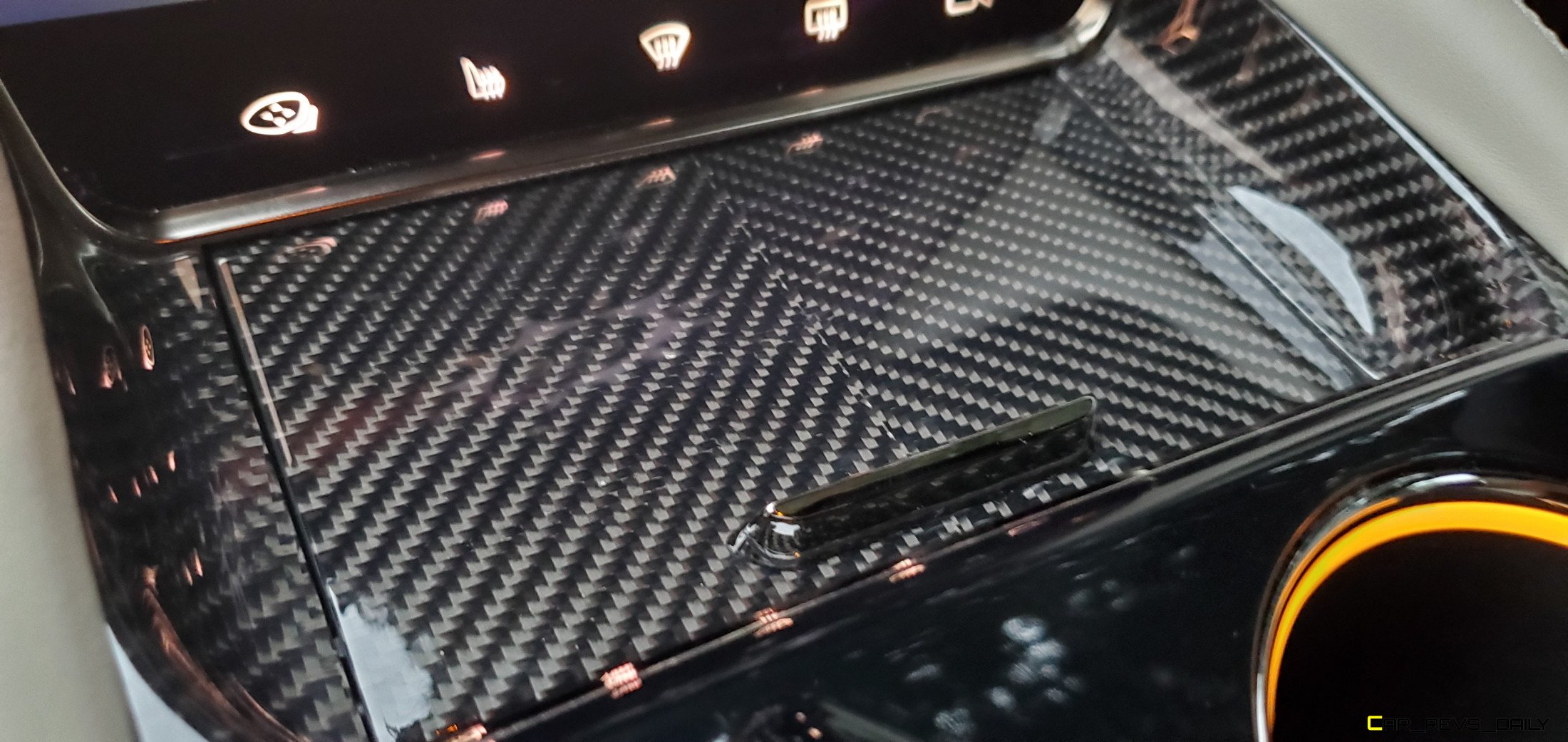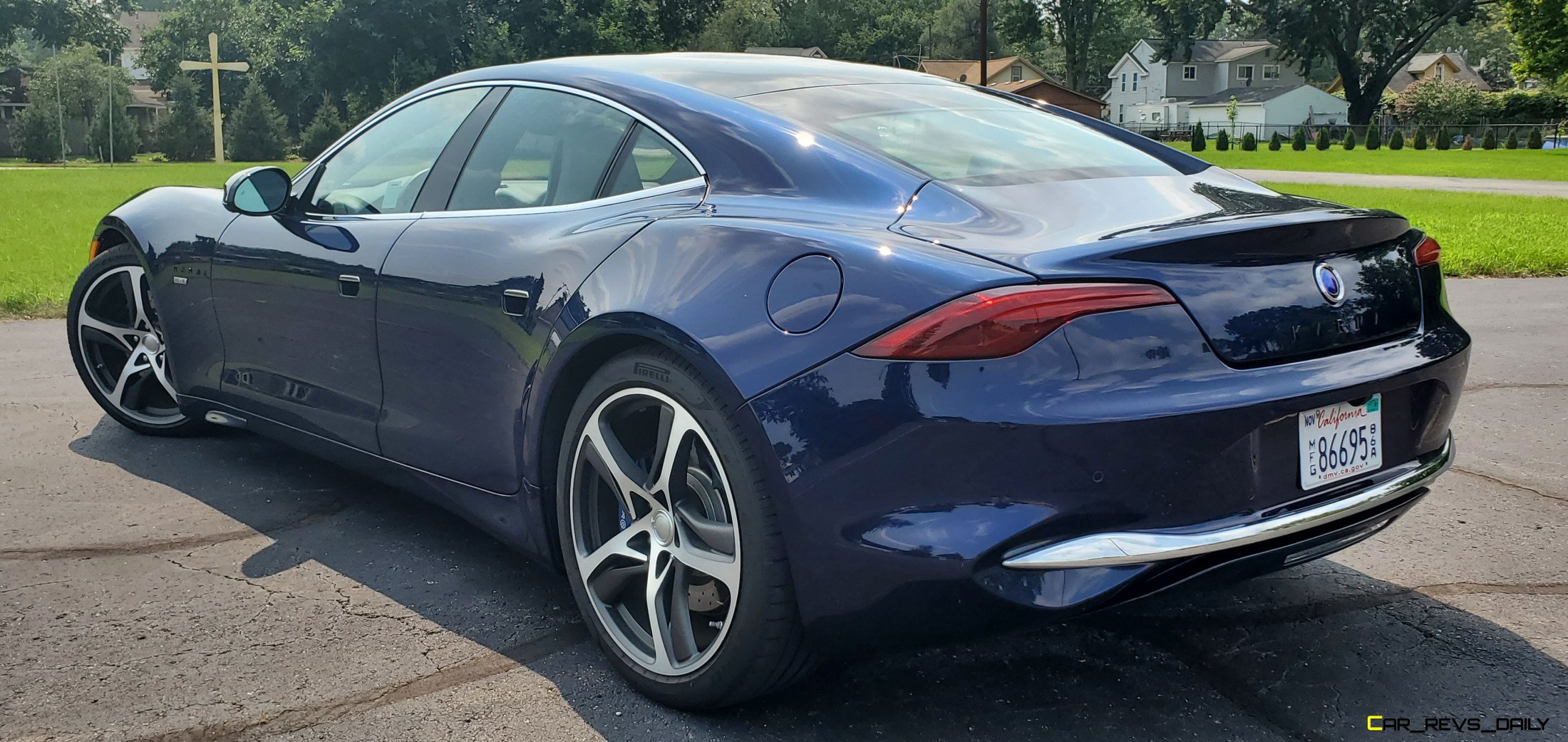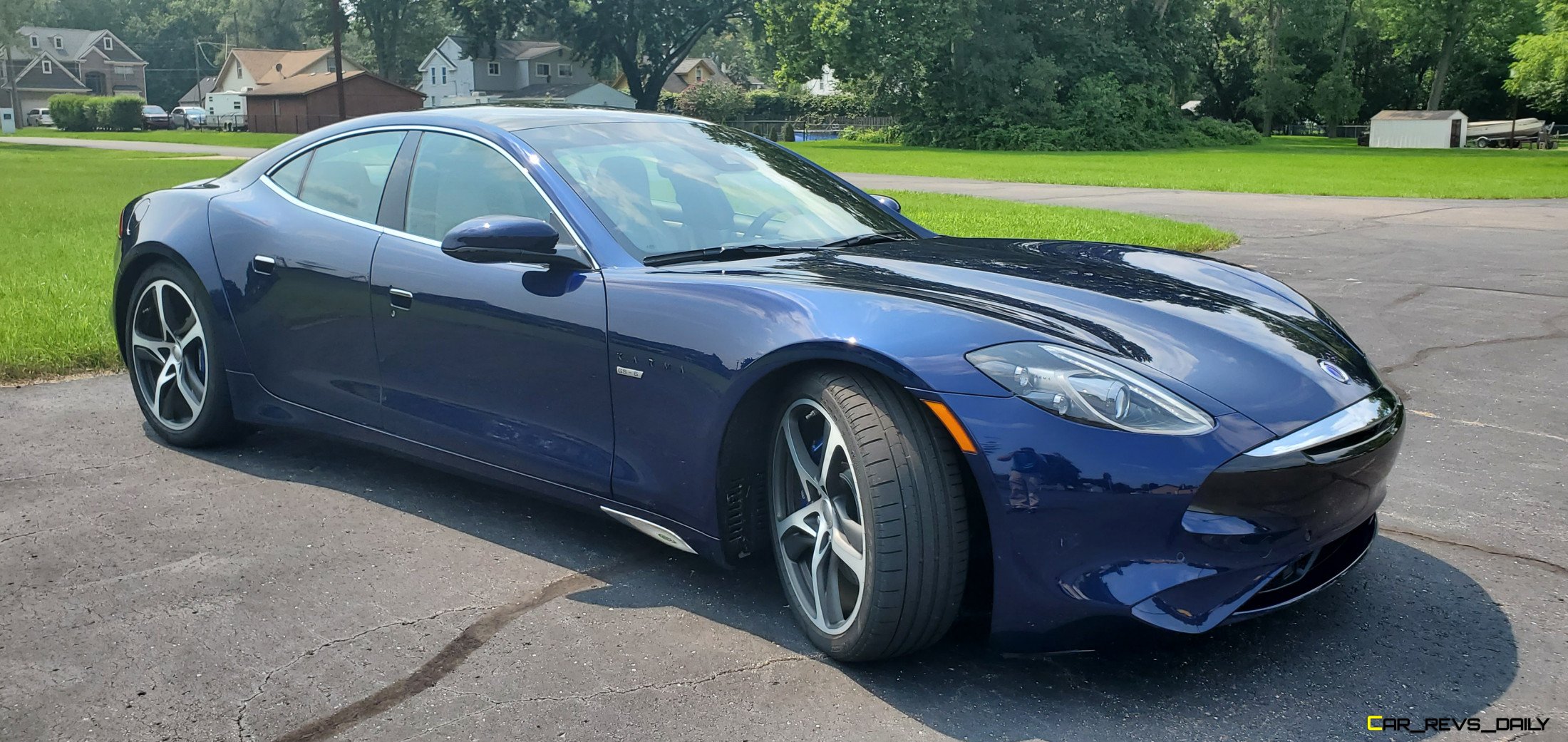In mythology, the legendary bird known as the phoenix symbolizes rebirth and a new beginning. In the case of Karma Automotive, it’s the rise from the ashes of the original doomed iteration of Fisker Motors. Henrik Fisker promised to bring a revolutionary take on the plug-in hybrid when the original Karma first appeared a decade ago. But a combination of outside factors, as well as Henrik’s errors, doomed it all to fail. The car itself, however, remained a viable platform for creation, with the newly formed Karma Automotive buying the pieces via a Chinese firm. But has Karma finally created a truly distinctive plug-in hybrid that can truly stand out in the green vehicle segment?
GS-6’s Extensively Updated Styling Signifies Evolution
A glance of our Luxury grade GS-6 tester reveals that the core identity of the Karma Revero is still largely intact, with the GS-6 appearing to be nothing more than slightly tweaked Revero at first glance. We noticed this interesting identity conflict on the owner’s manuals for the car, with all the literature having the Revero moniker but the outside of our tester having the GS-6 nameplate. The apparent dual personality disorder aside, the GS-6 is still an exciting design exercise. The front fascia features a large blackened grille piece with the lower bumper incorporating several shapes that help improve aerodynamics. The aggressive headlights are still here, and they help give the GS-6 a very strong presence when out on the road. Our Bodega Bay Blue Luxury grade tester didn’t have the blacked-out alloys that define the higher tier Sport model, but the 21-inch twin-forged Diamond style alloy wheels still managed to work well with the flowing profile as well as the fore-mentioned shade of blue.
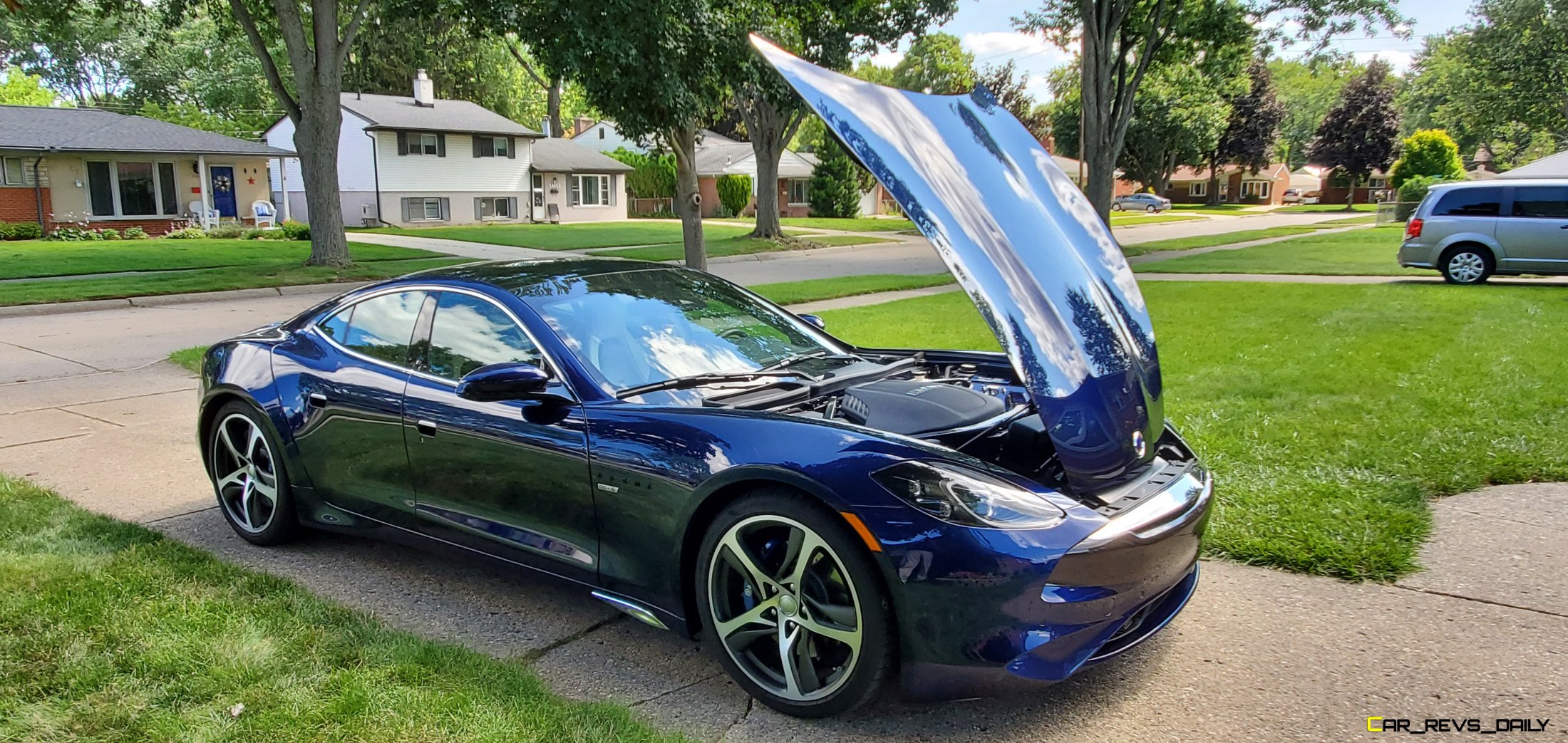
The rear of the GS-6 prefers to have a more relaxed look, with the elegant-looking taillights narrowing to a slim point as they approach the trunk lid. The diamond shapes return in the rear bumper, and an integrated rear spoiler helps give the car a subtle sporty flair. While the design is not quite as sci-fi weird as recent Tesla models, the GS-6’s lines (and by extension the Revero’s) are a welcome breath of fresh air with the West Coast design influences fusing with European traits to create a very distinctive canvas that does a good job drawing stares and blurring the line between luxury elegance and exotic car thrills.
Luxurious GS-6 Interior Hampered By Cramped Confines

The family resemblance between the GS-6 and the Revero GT extends into the interior, where much of the source material between the two remains the same. However, the appointments here are a noticeable step up from the old Fisker Karma with higher quality leather and other materials being used in the cabin’s construction and the introduction of modern amenities like a fully digital instrument cluster. Buyers can choose wood or carbon-fiber trim, with our tester pitching the tree-sourced material for splashes of the latter. The weird triangle-shaped shifter is carried over, but the reworked seats offer much more comfort for occupants on long hauls.
That’s a welcome thing since this sedan embraces the four-seat layout, with all four seats being separated by a large center console that runs along the center of the cabin and is where the battery packs are located. This is somewhat reminiscent of the Aston Martin Rapide, which has its seats separated by a large tunnel though that particular car does this to accommodate the transmission hardware. While front passengers have plenty of room to stretch out, the sloping roof and the central tunnel make the car’s rear extremely cramped for adults back there. We like the rear window and heated seat controls that rear passengers get to use, but like the Rapide, this is a space meant mainly for children. The tunnel also extends into the trunk, and a massive chunk of the space is swallowed up by it. As a result, you’ll have to pack lightly and contend with the high liftover when loading cargo into this space.
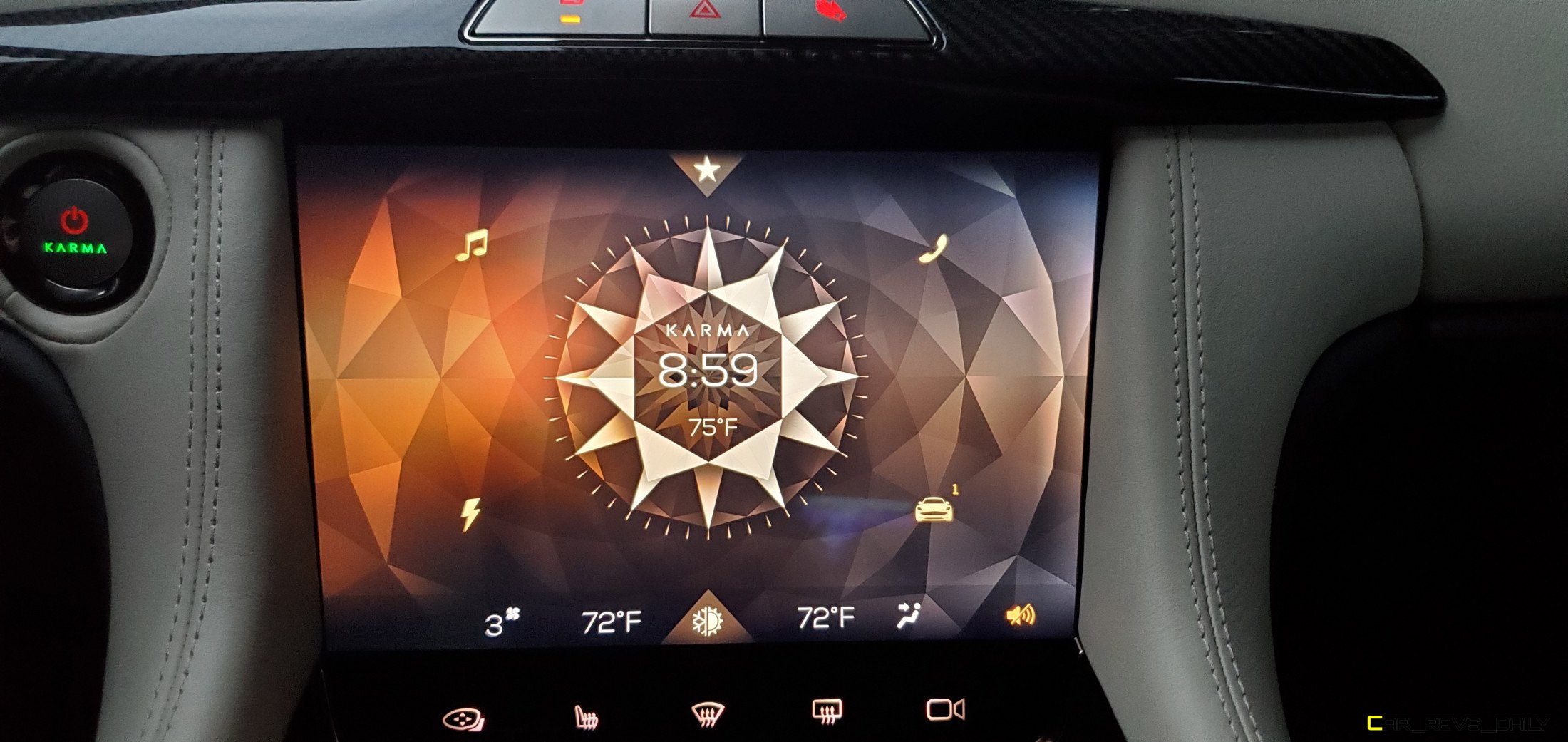
But despite the snugness of the cabin, it does reward occupants with some pretty neat features. That includes a large 10.2-inch infotainment system that comes with integrated Apple CarPlay and Android Auto capability, as well as the ability to receive Over The Air (OTA) updates. The screen is very vibrant and does a good job laying out various features in an ergonomically friendly fashion. An available Karma App allows owners to lock and unlock the car remotely from their phone, show maintenance schedules, and activate the pre-conditioning routine. Oh, and be sure to check out the Karma Automotive satellite radio station; we found it during our tester’s last day with us, and not only is it a unique selling point for Karma vehicles, but it also plays some good Jazz music too.
BMW Sourced Three-Cylinder Adds More Pep To GS-6’s Step
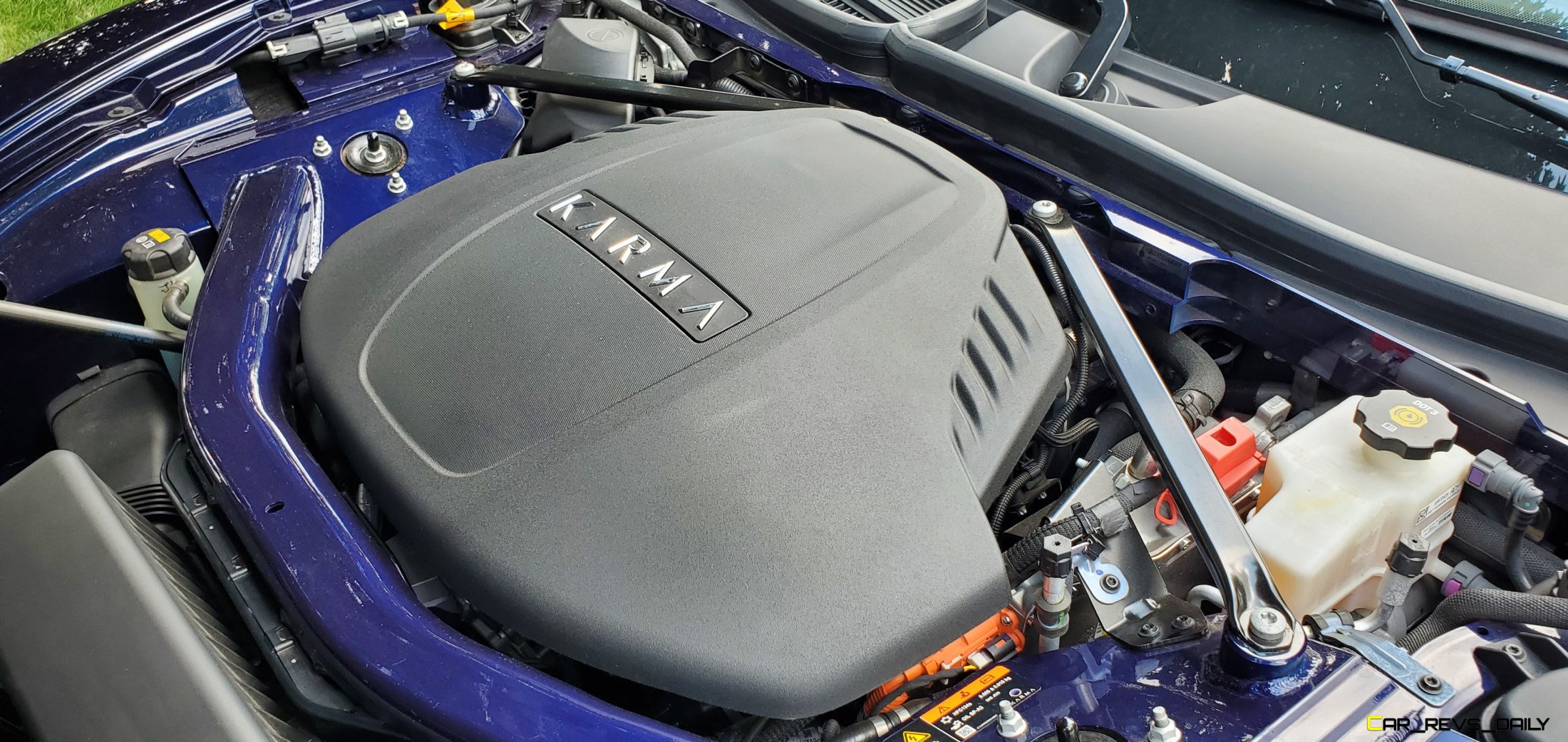
All GS-6 models come out of the factory with a plug-in hybrid setup with the old GM sourced Ecotec four-cylinder being pitched for a BMW sourced 1.5-liter turbocharged three-cylinder that not only serves as a generator for the dual rear-mounted electric batteries but is also a backup source of motivation when the batteries run out of juice. The combined setup produces 536 hp and allows the car to make the sprint to 60 mph in 4.5 seconds when placed in Sport mode. Putting the GS-6 into Launch mode makes the act of getting up to speed more enjoyable, but the battery has to have at least 90 percent charge for it to work correctly. Like other recent luxury entries, there’s exhaust noise, but it comes from the speakers when you put your foot on the floor.
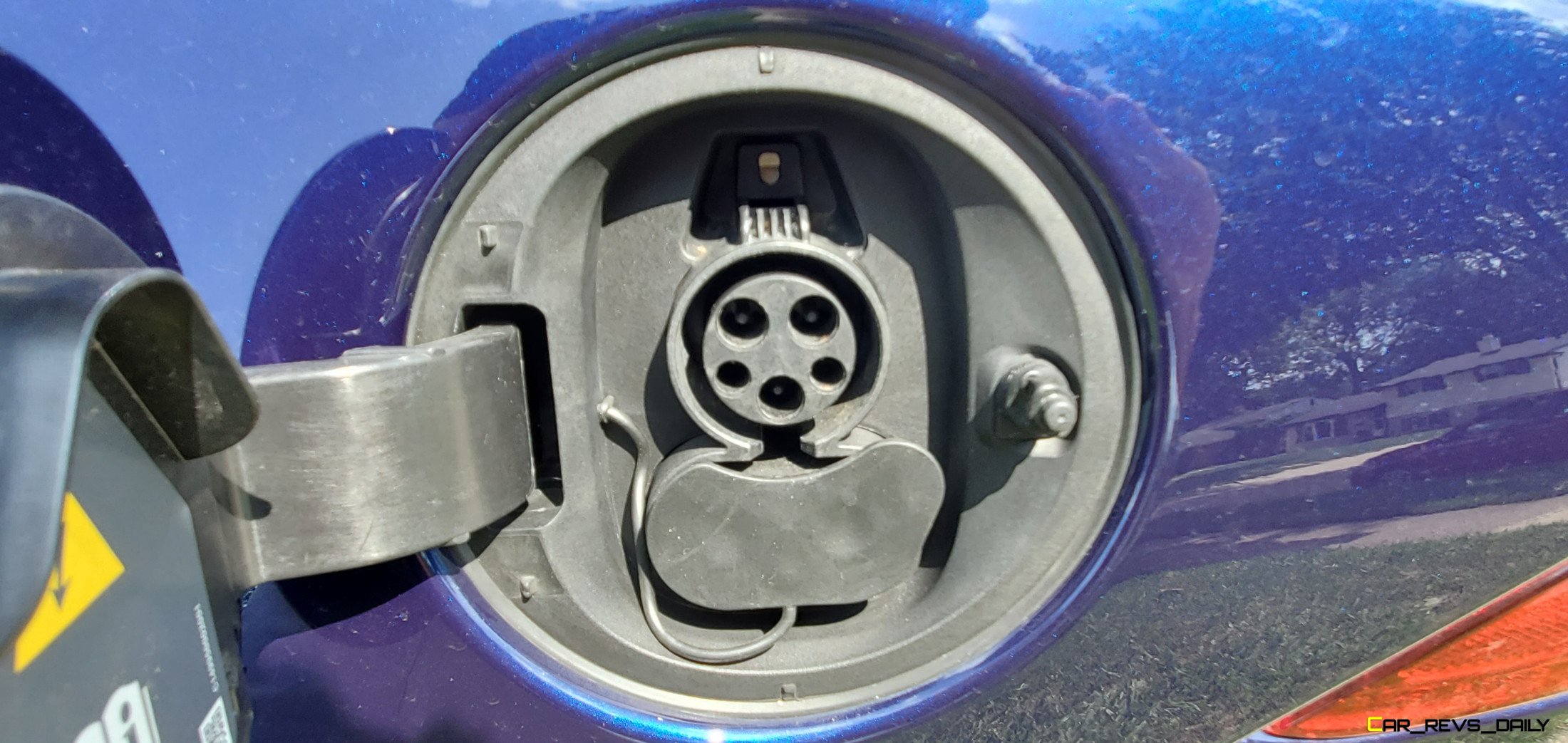
Sport models supposedly benefit from revised software tweaks that allow them to make an extra 74-lb-ft of torque which helps reduce the 0 to 60 time to 3.9 seconds. Still, we’ll have to wait until we have the opportunity to try that model out in the real world to see if the difference is readily noticeable or not. In the meantime, handling in our tester proved to be a commendable surprise in certain situations. Our tester favored the sporty side of life. While the firm suspension does broadcast large bumps and divots to the seat, it also allowed the GS-6 to have very responsive handling, with the tight steering doing an excellent job of making the GS-6 feel smaller than its length suggests. The GS-6 also has paddles mounted on the steering wheel, but they are not traditional paddle-shifters. Instead, they control two different functions, with the right paddle acting as the way to choose between drive modes (Stealth, Sustain, and Sport) while the right paddle controls the regen braking levels.
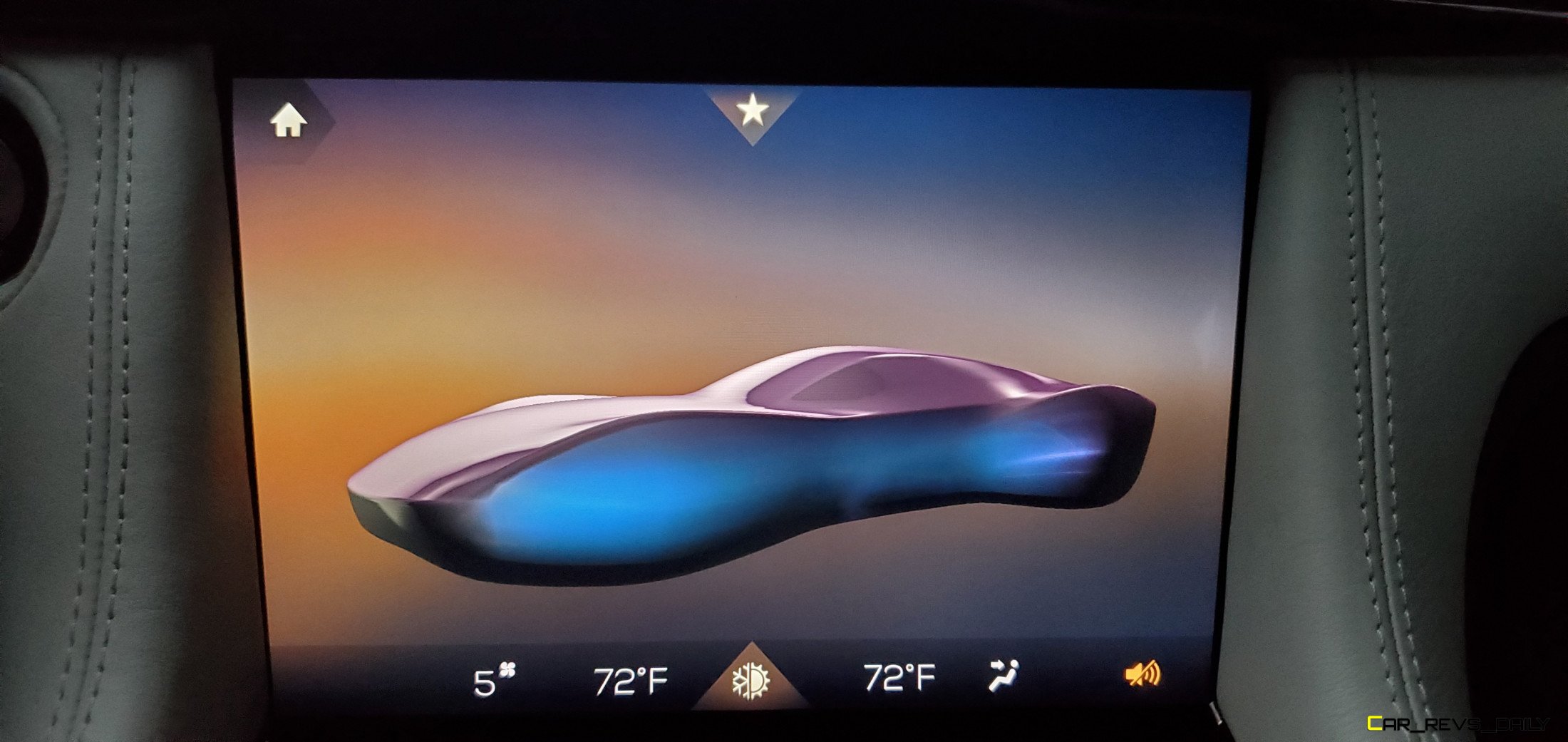
But the GS-6 also moonlights as a fuel-efficient four-door, and the car is capable of achieving 70 MPGe combined in pure electric mode, with the three-cylinder getting 26 mpg when left to its own devices. While it’s important to note that the GS-6 is not a pure electric car like the Porsche Taycan or the Tesla Model S, it’s important to note that the Karma beats the Porsche by two MPGe in combined driving. However, it still comes up short against the Tesla Model S, which is rated at 120 MPGe in combined driving.
Value Quotient:

Pricing for the 2021 Karma Automotive GS-6 starts at $93,600, getting you a GS-6 Luxury model without any optional extras. Our tester arrived with several thousand dollars in optional extras, which caused the final price to increase to $109,100. While this is still a bit pricey for an entry-level plug-in hybrid model, it reflects Karma’s attempt to reduce the entry price point for their products. Before the GS-6’s arrival, the lowest priced model that the company had was the $144,800 Revero GT which caused Karma to miss out on appealing to buyers that like the curb appeal of a Karma but might not have had the financial resources to handle that base figure.
The GS-6 aims to solve that problem, and on the surface, it appears to have some of the right tools to help reach out to a broader audience. That could especially be true when the all-electric GSe-6 makes its appearance. That model will come with a 103 kWh battery pack that’s expected to deliver a full 300-mile driving range while allowing the car to be a genuine rival to the Tesla Model S. A crucial part of this strategy will depend on pricing, with the GSe-6 possibly benefitting from the lower pricing already seen on the GS-6.

Carl Malek has been an automotive journalist for over 10 years. First starting out as a freelance photographer before making the transition to writing during college, his work has appeared on numerous automotive forums as well as websites such as Autoshopper.com.
Carl is also a big fan of British vehicles with the bulk of his devotion going to the Morgan Motor Company as well as offerings from Lotus, MG, and Caterham. When he is not writing about automobiles, Carl enjoys spending time with his family and friends in the Metro Detroit area, as well as spending time with his adorable pets.

